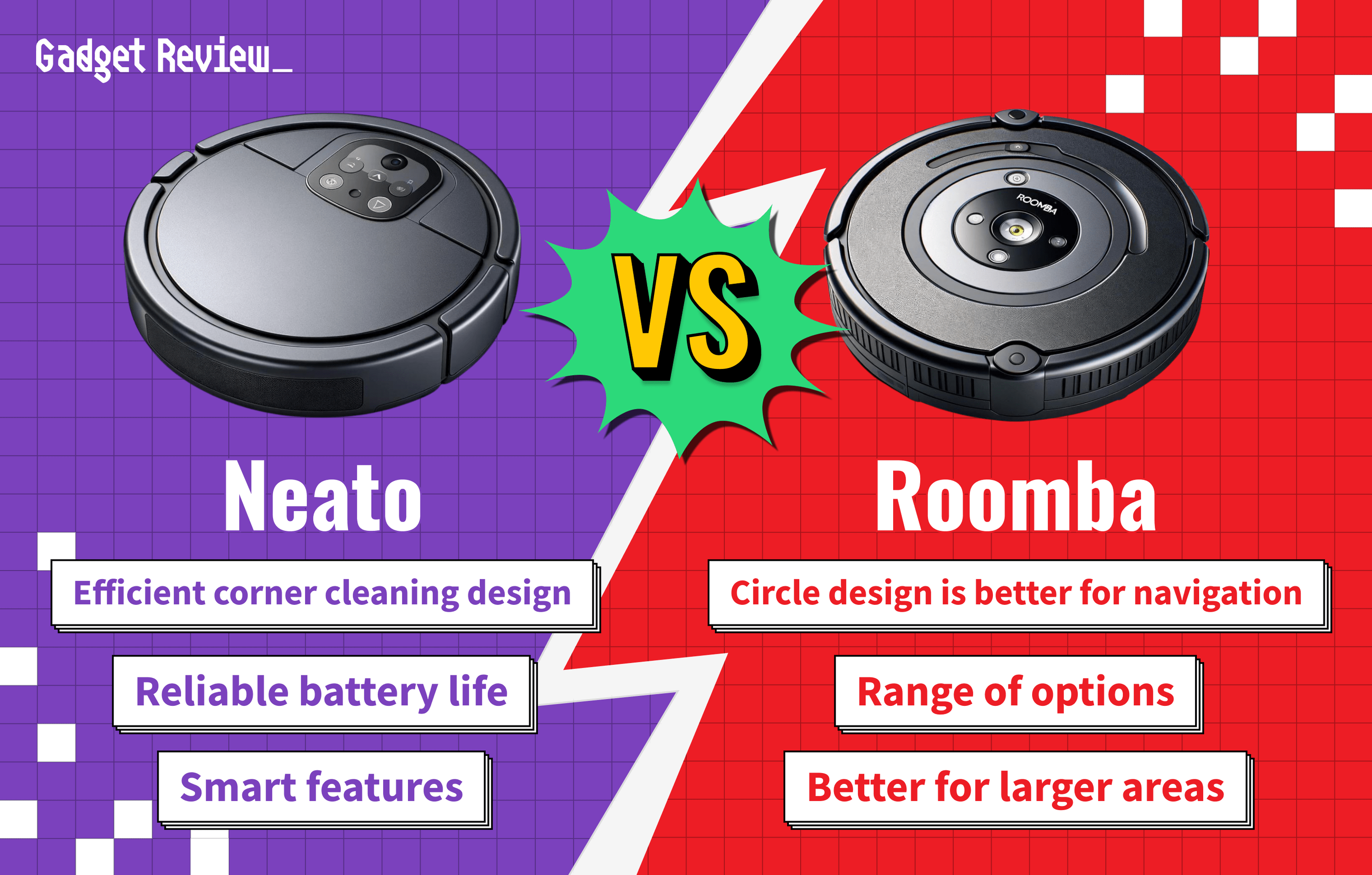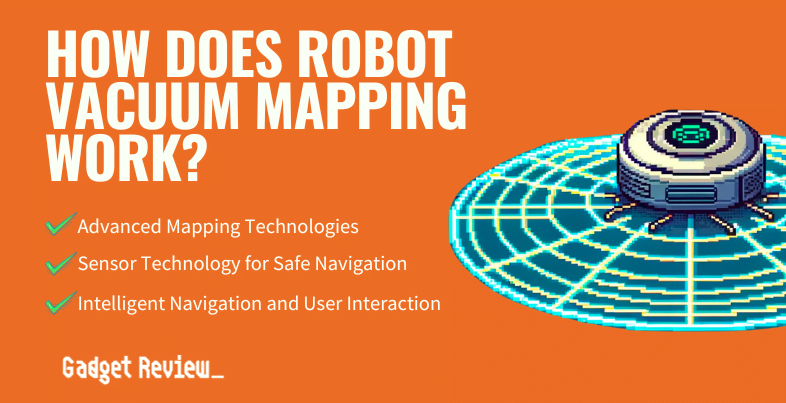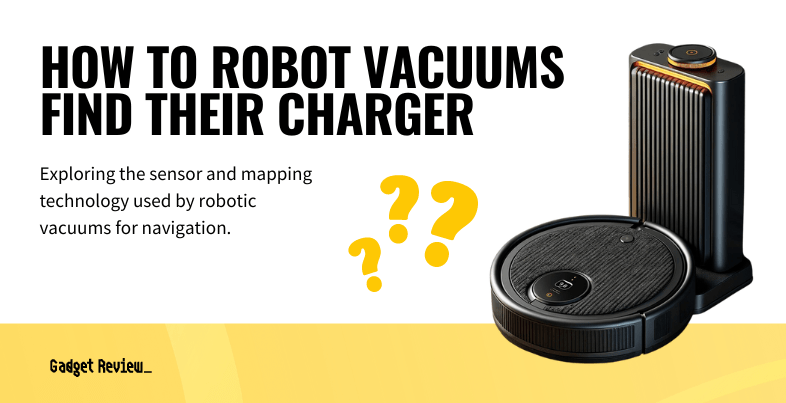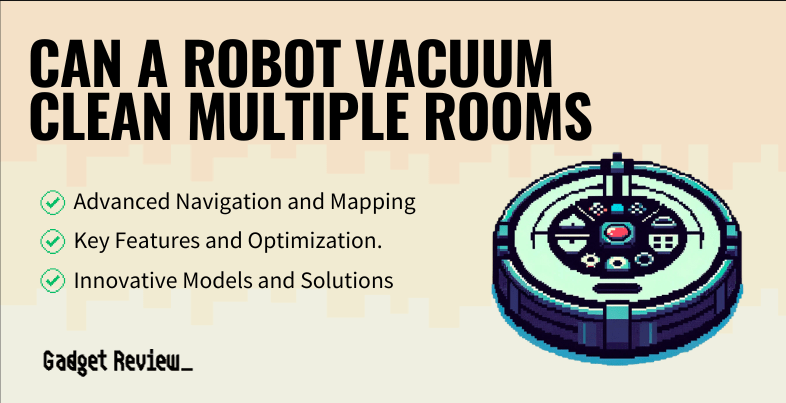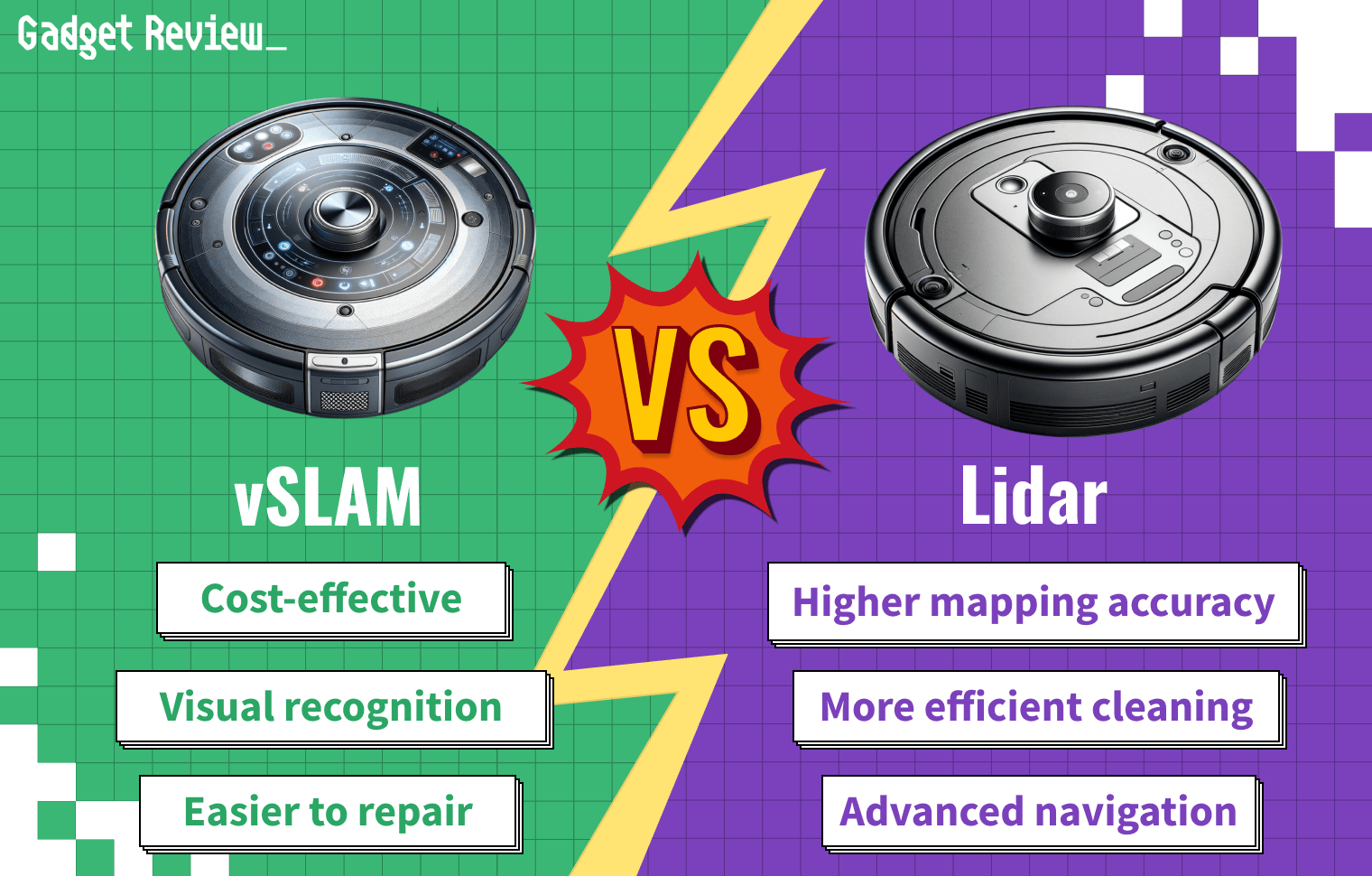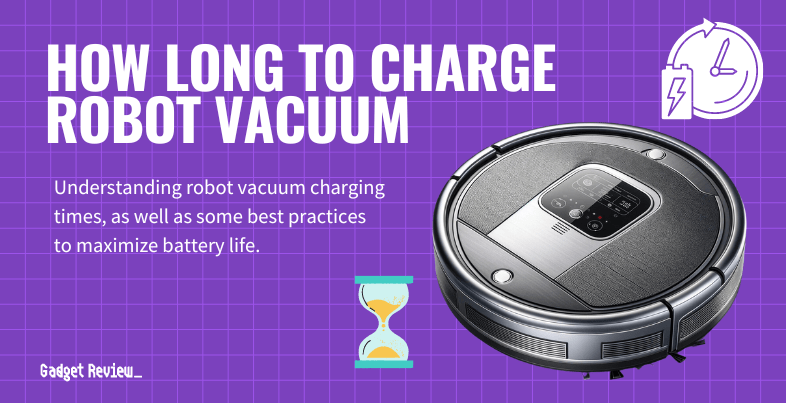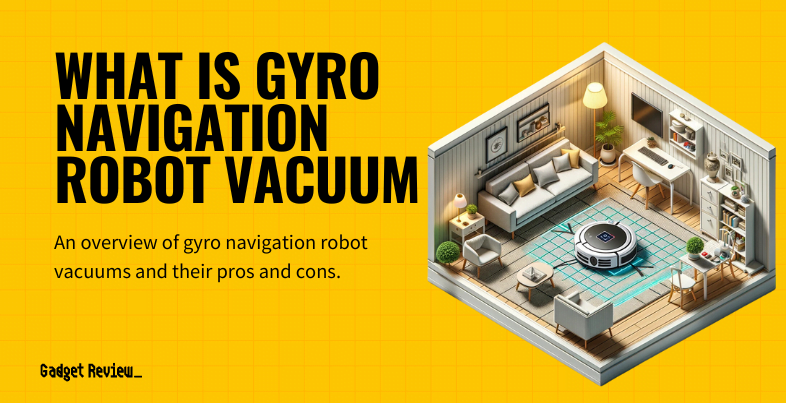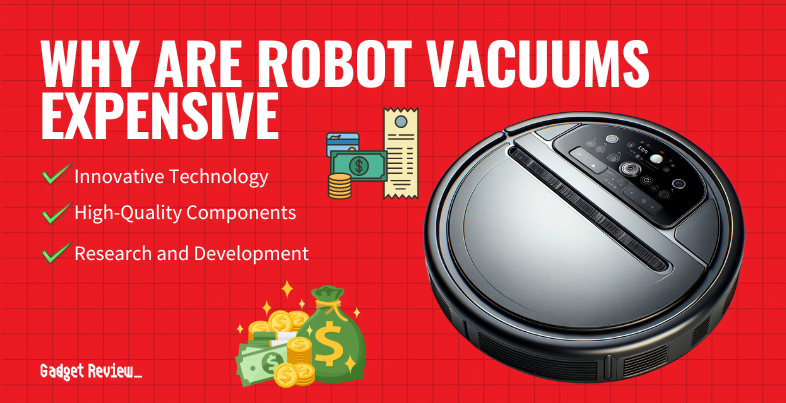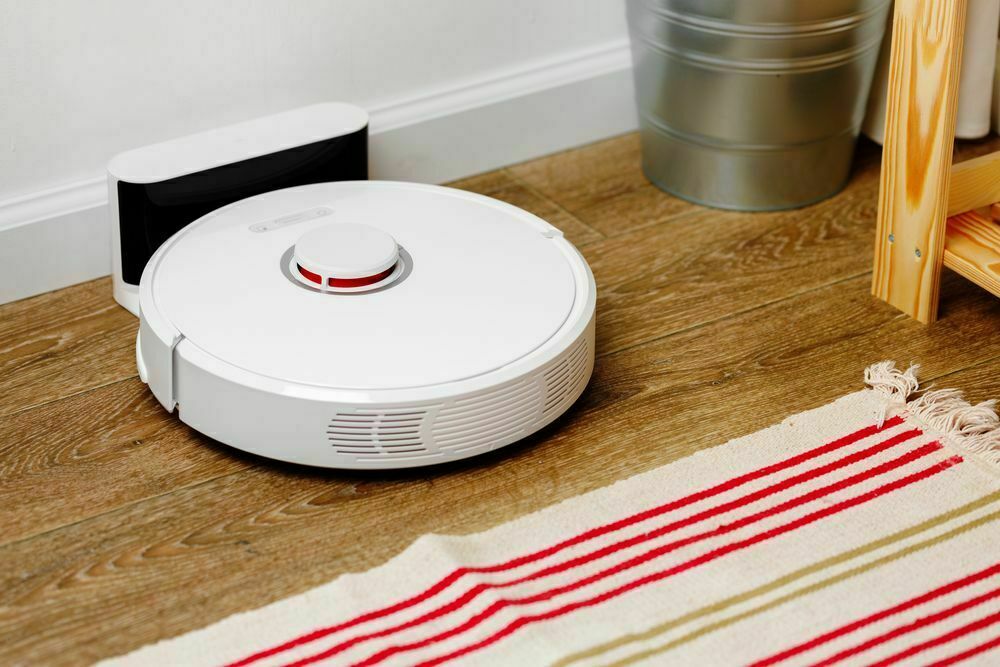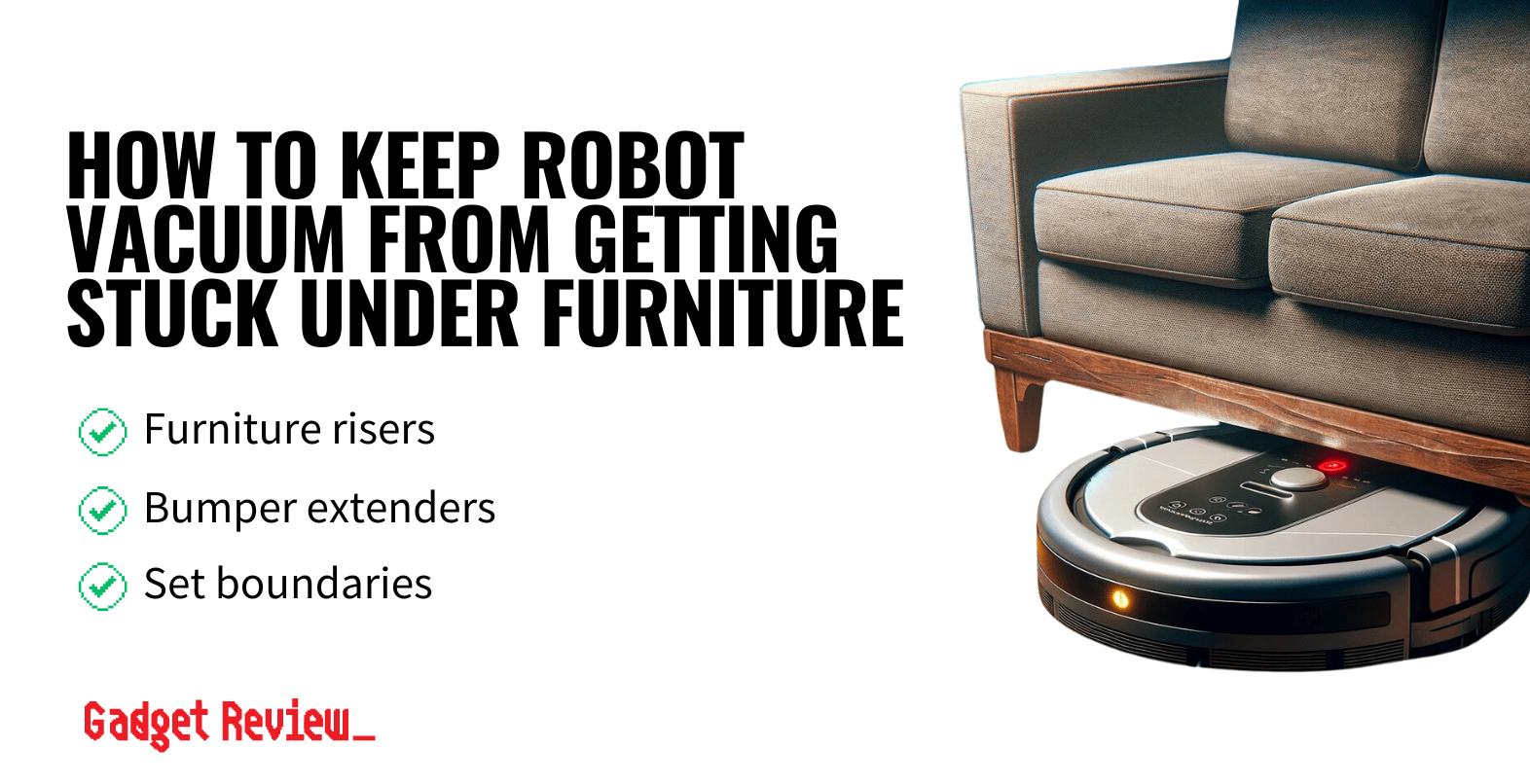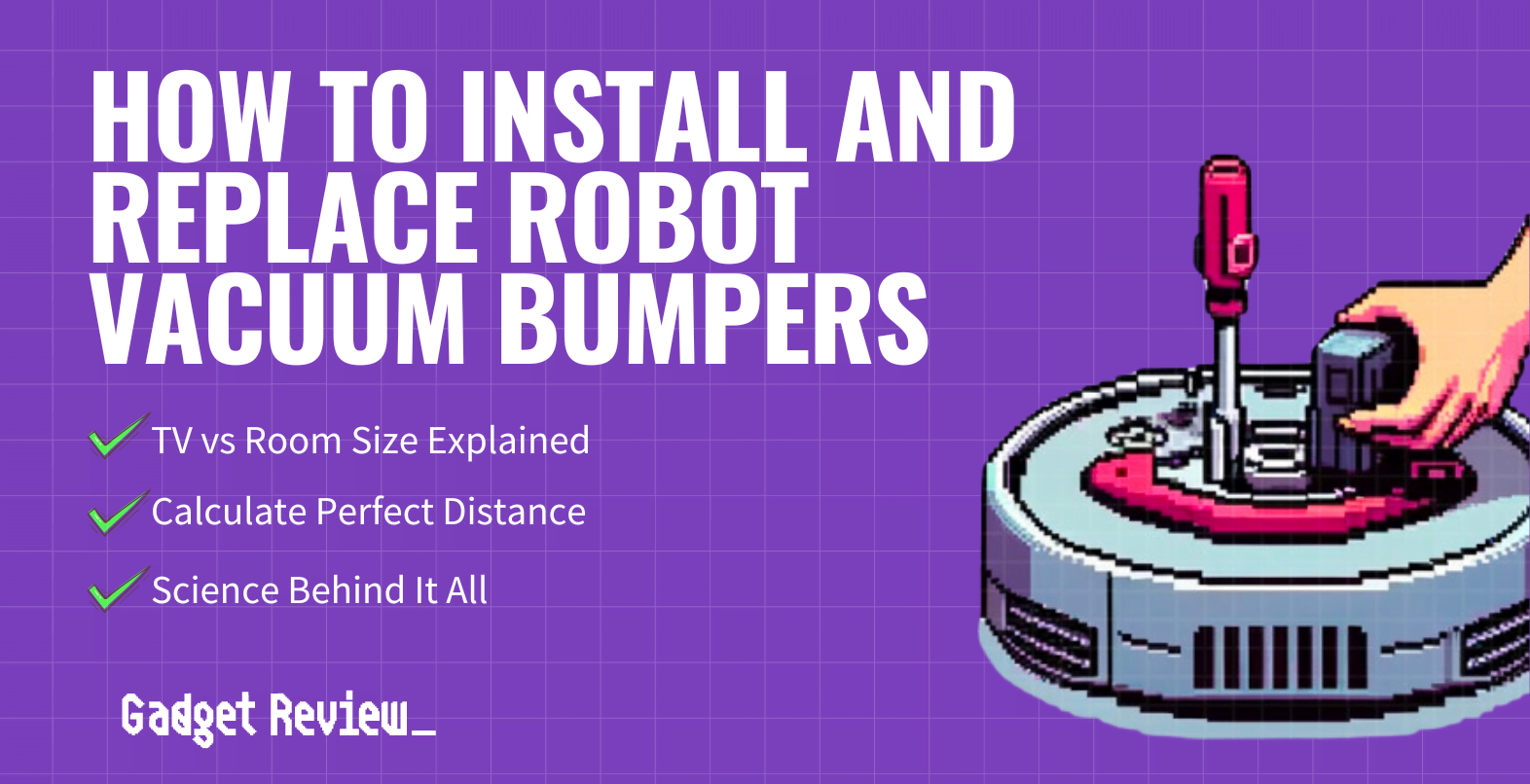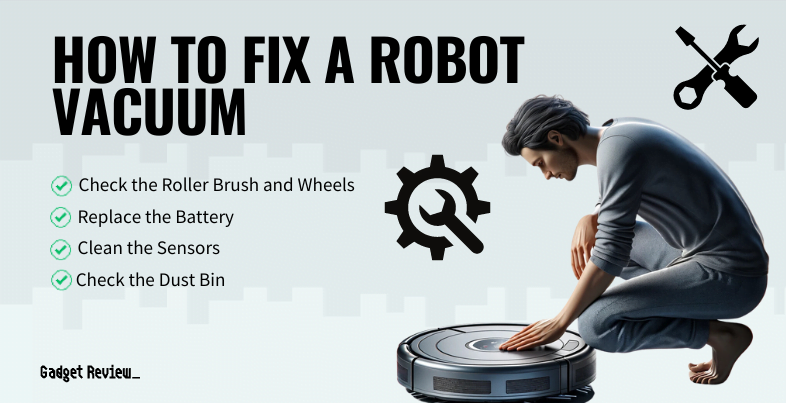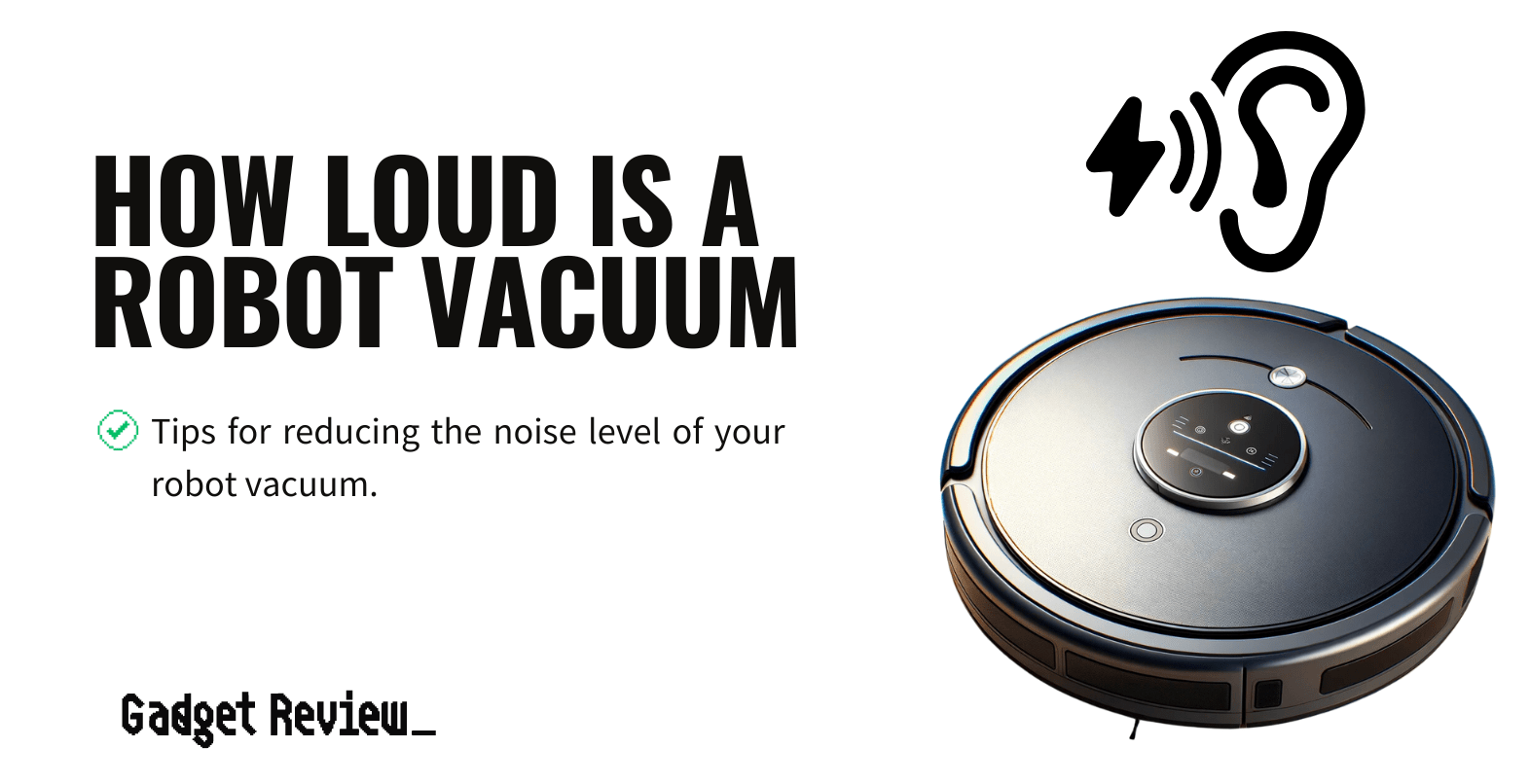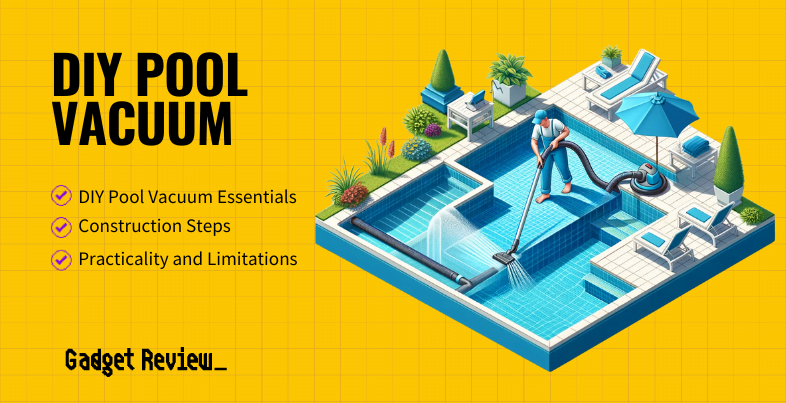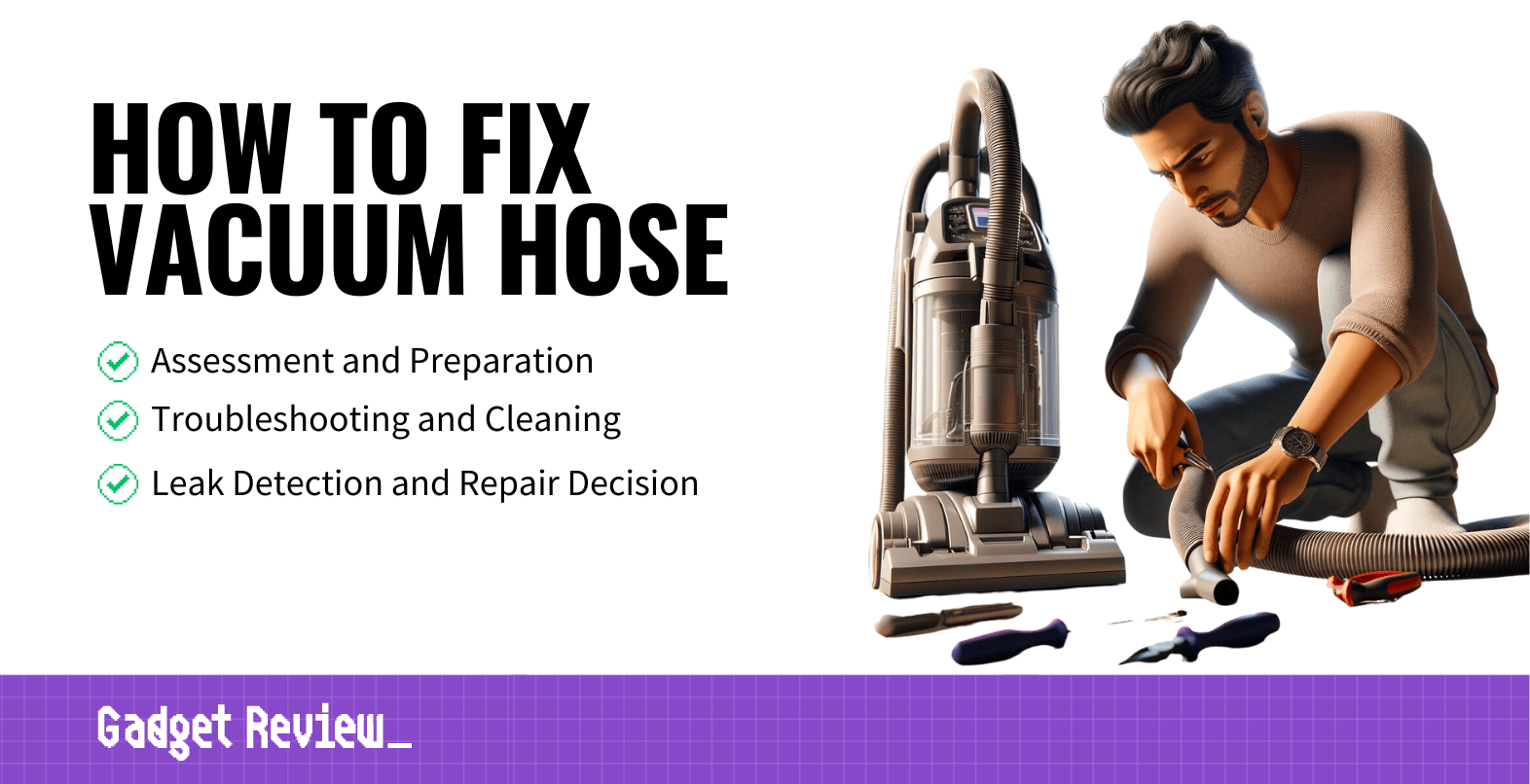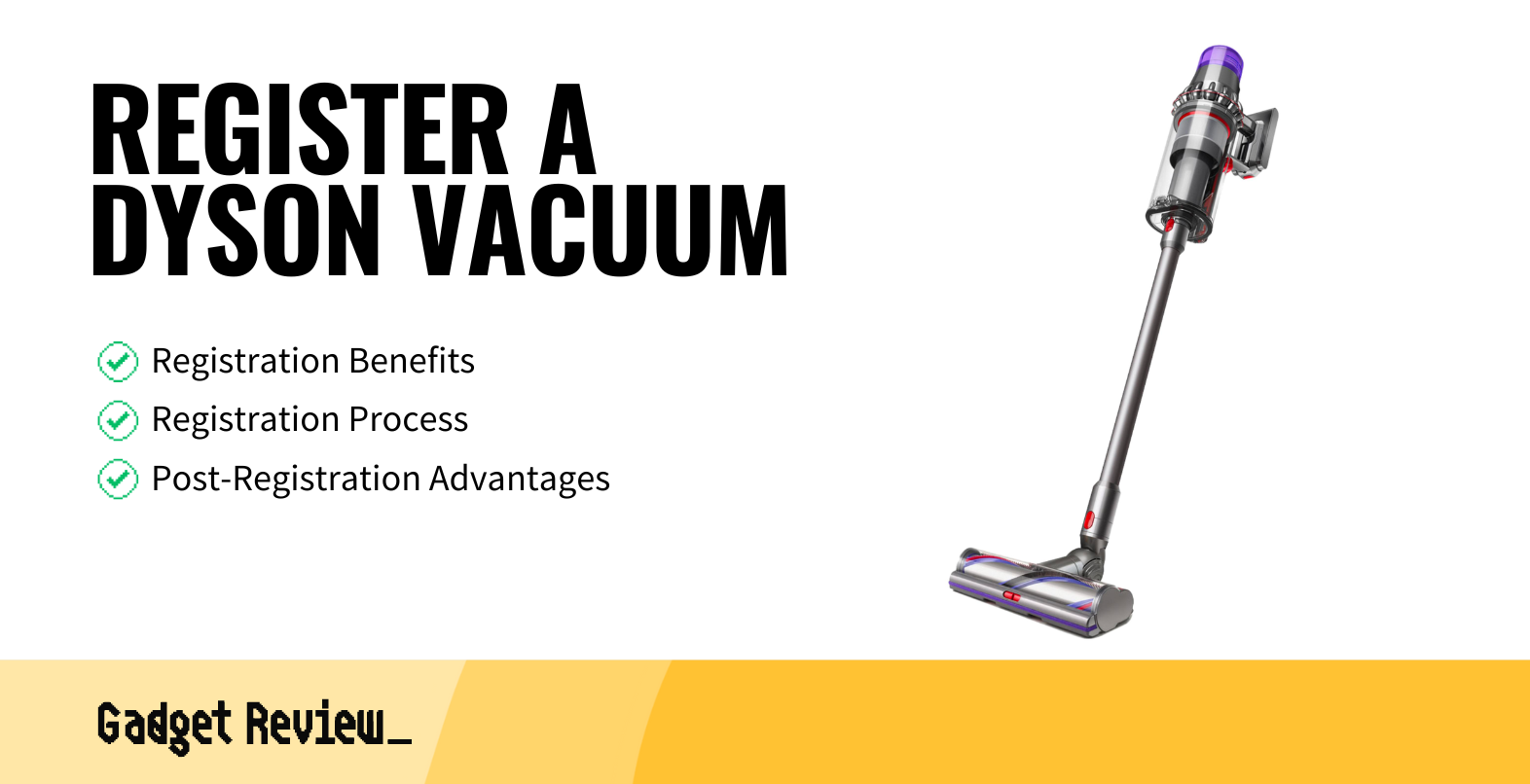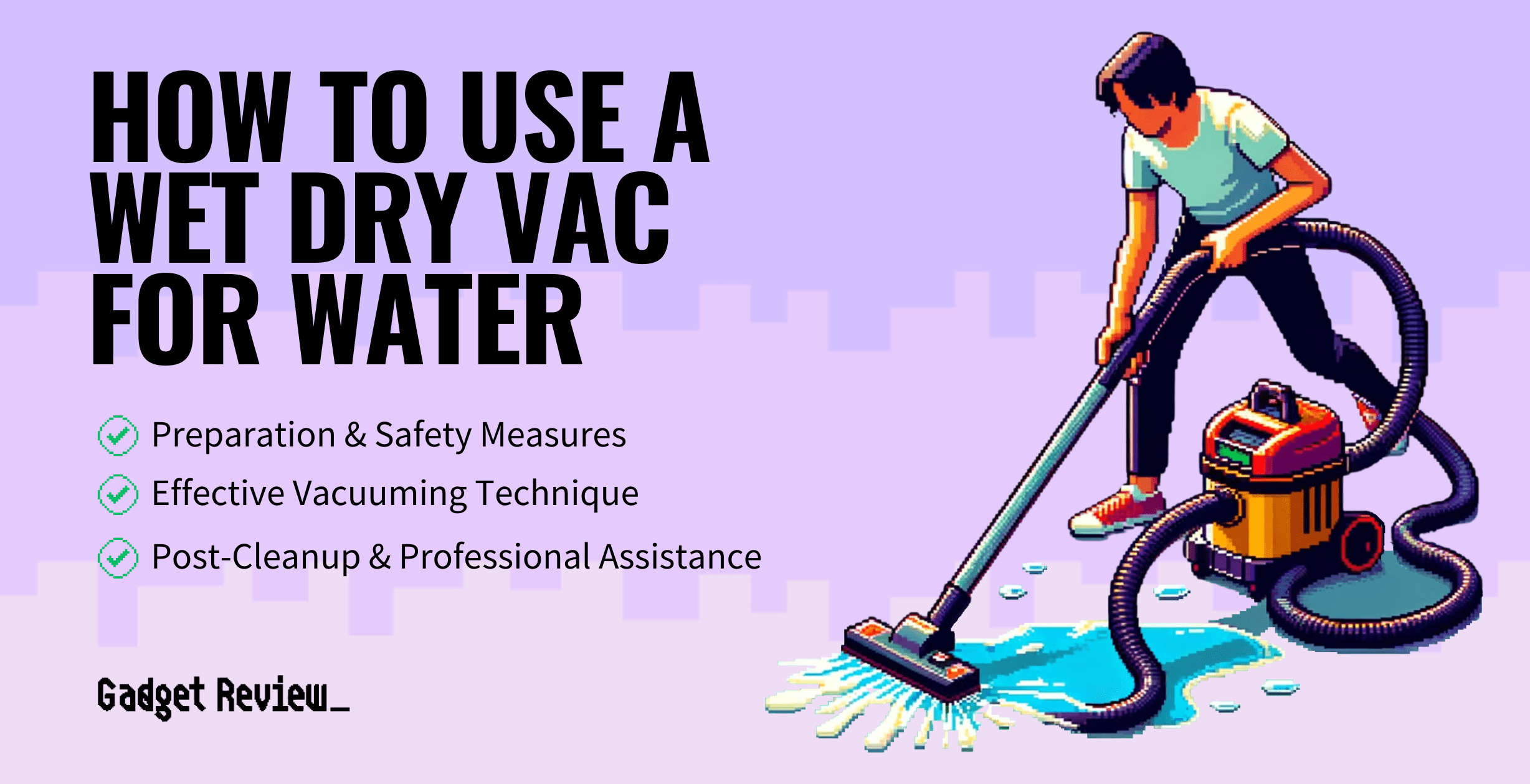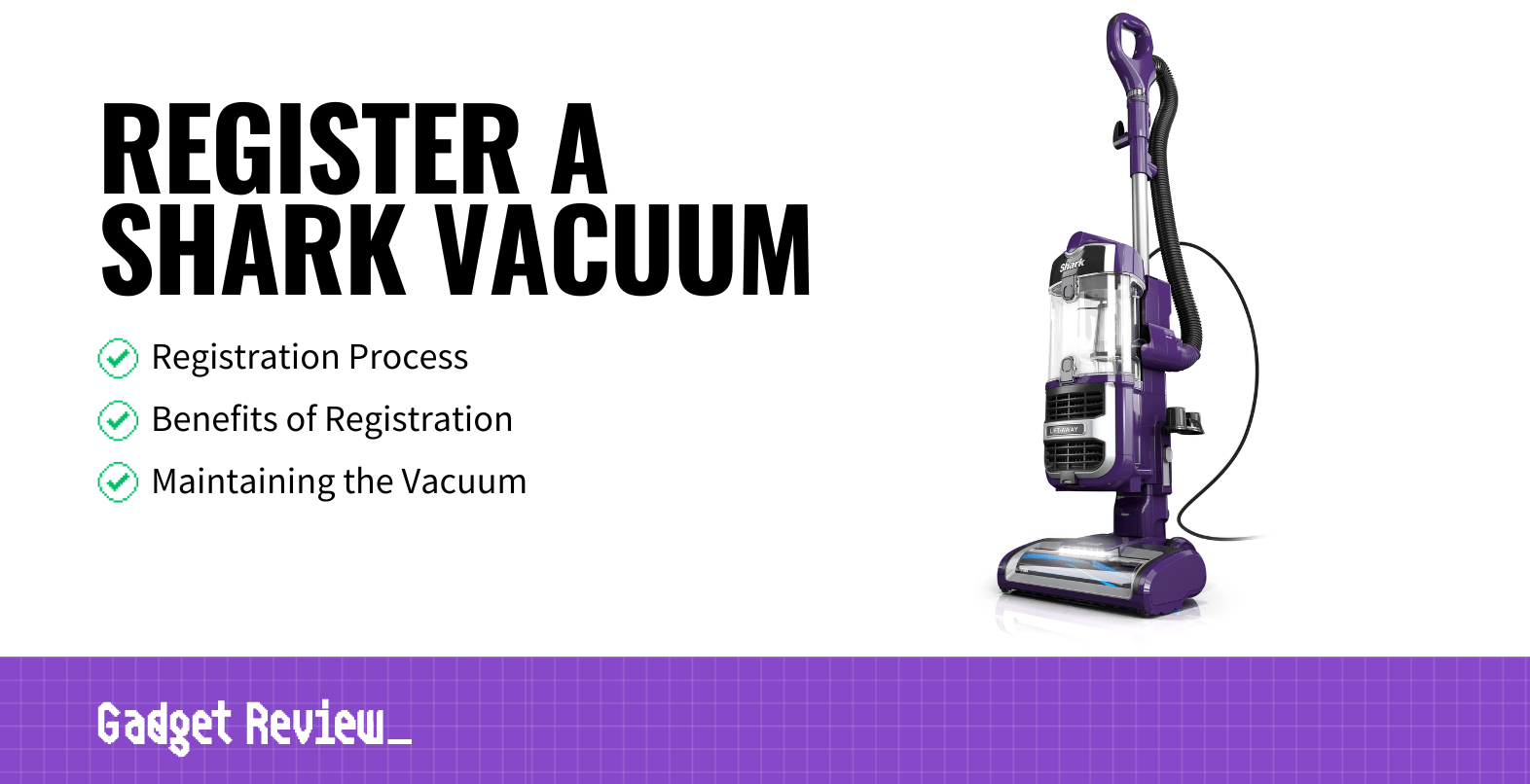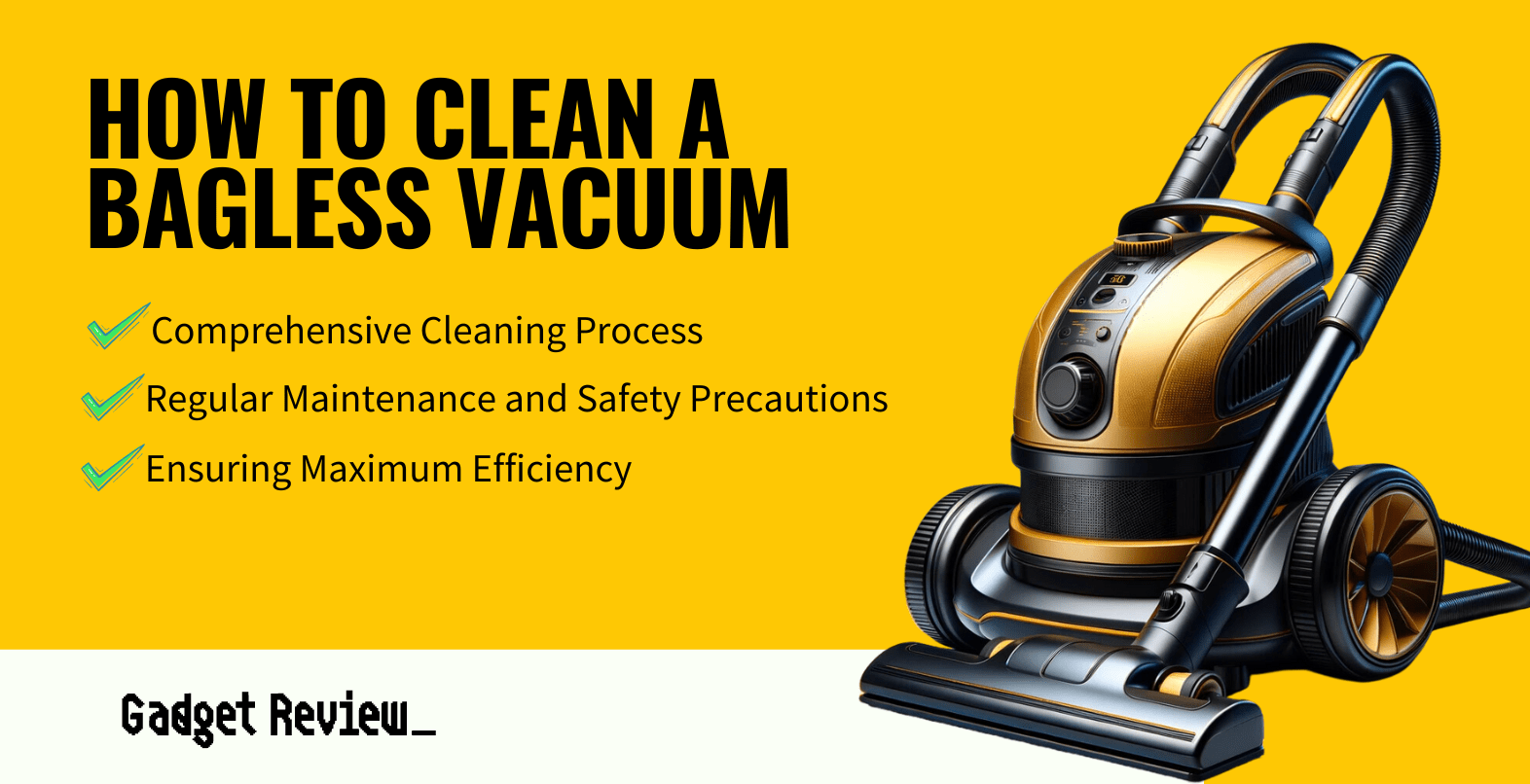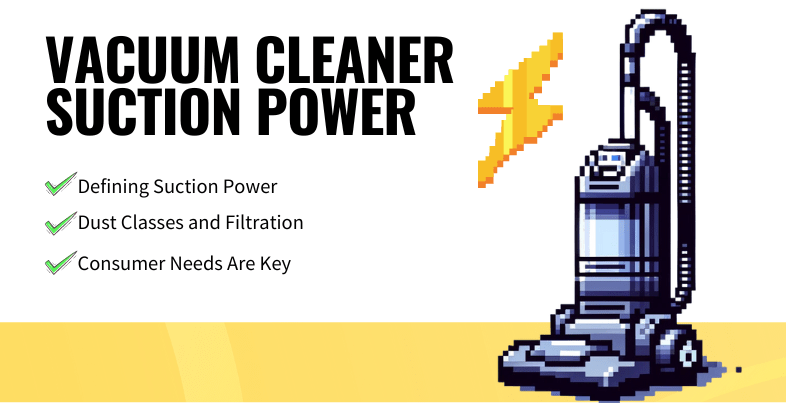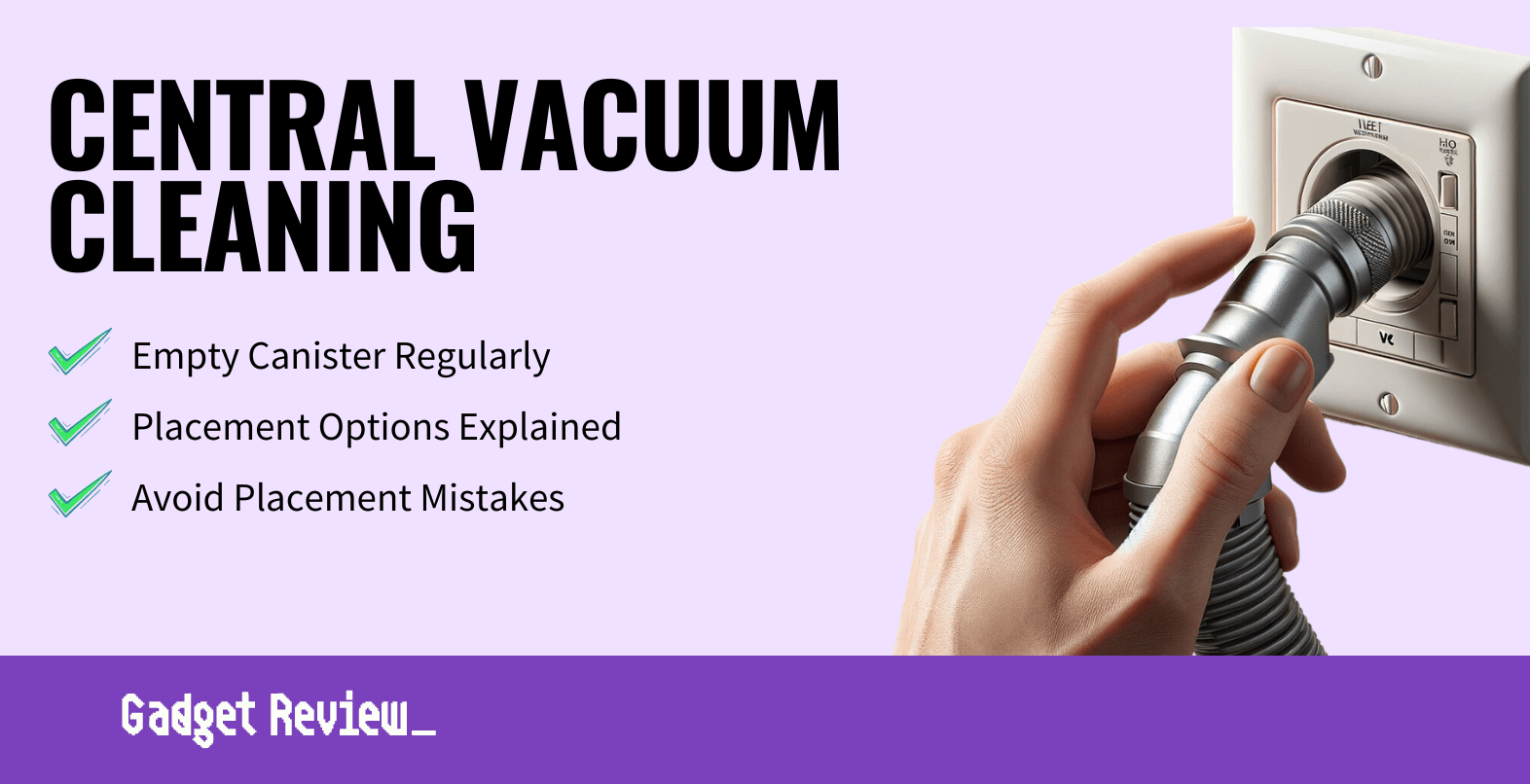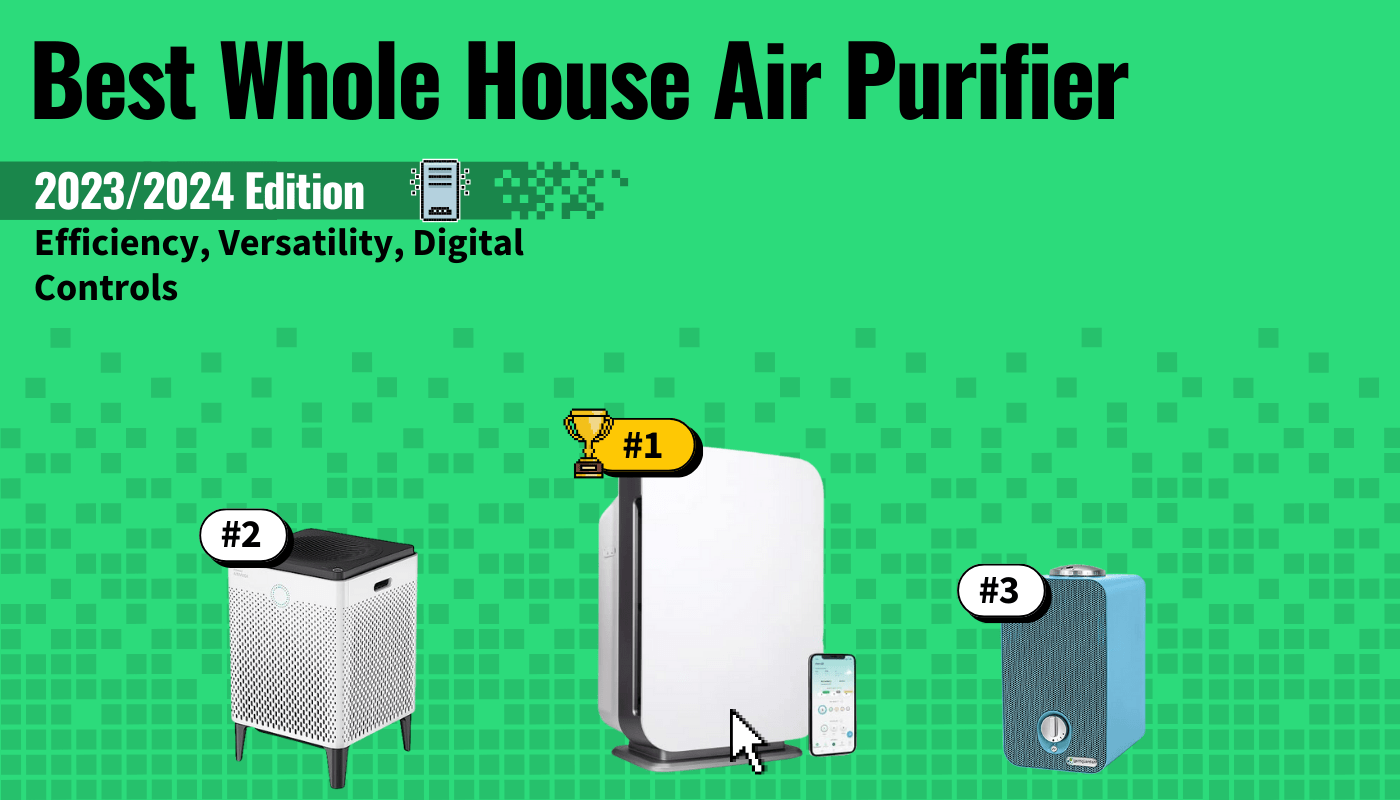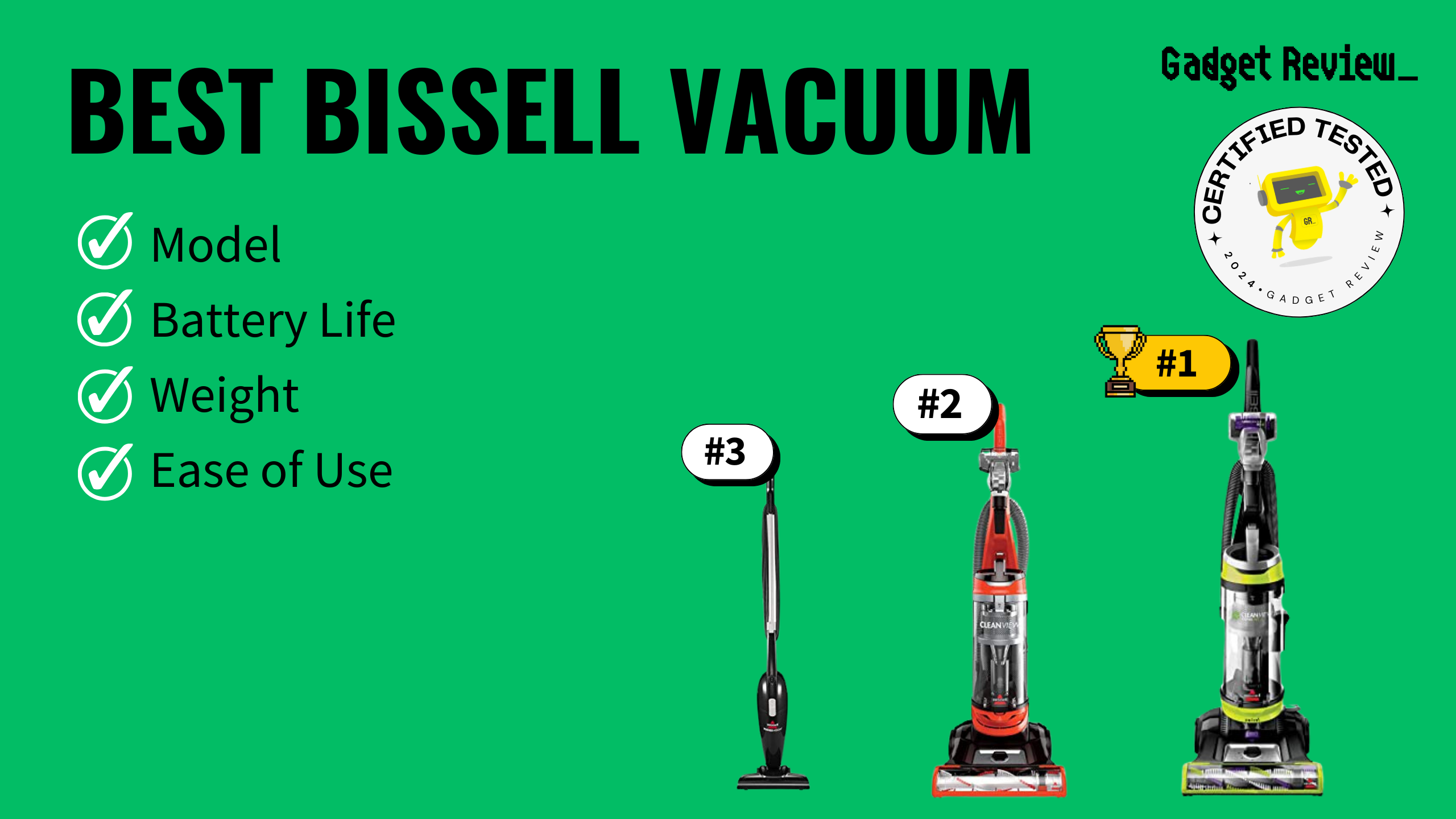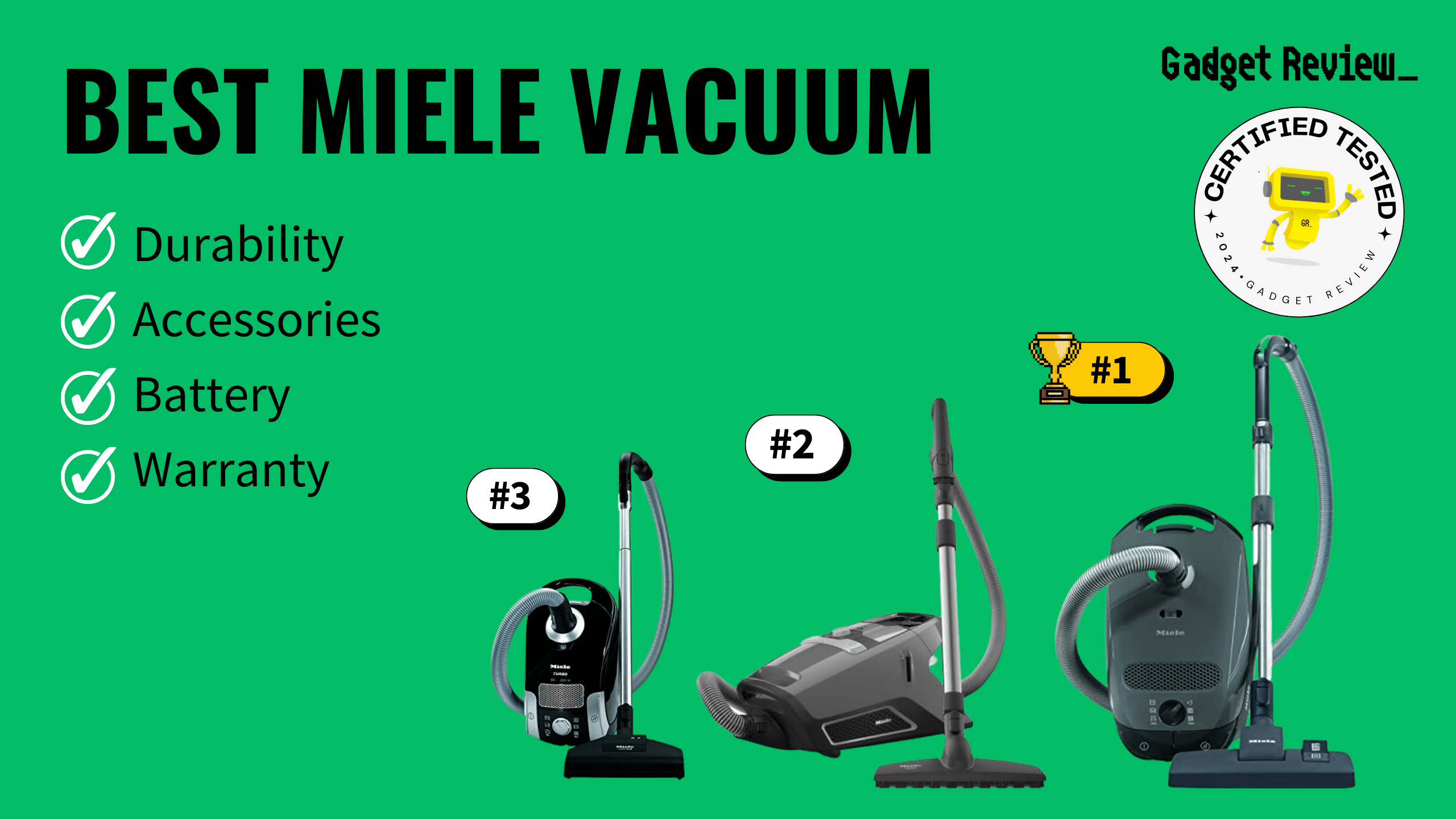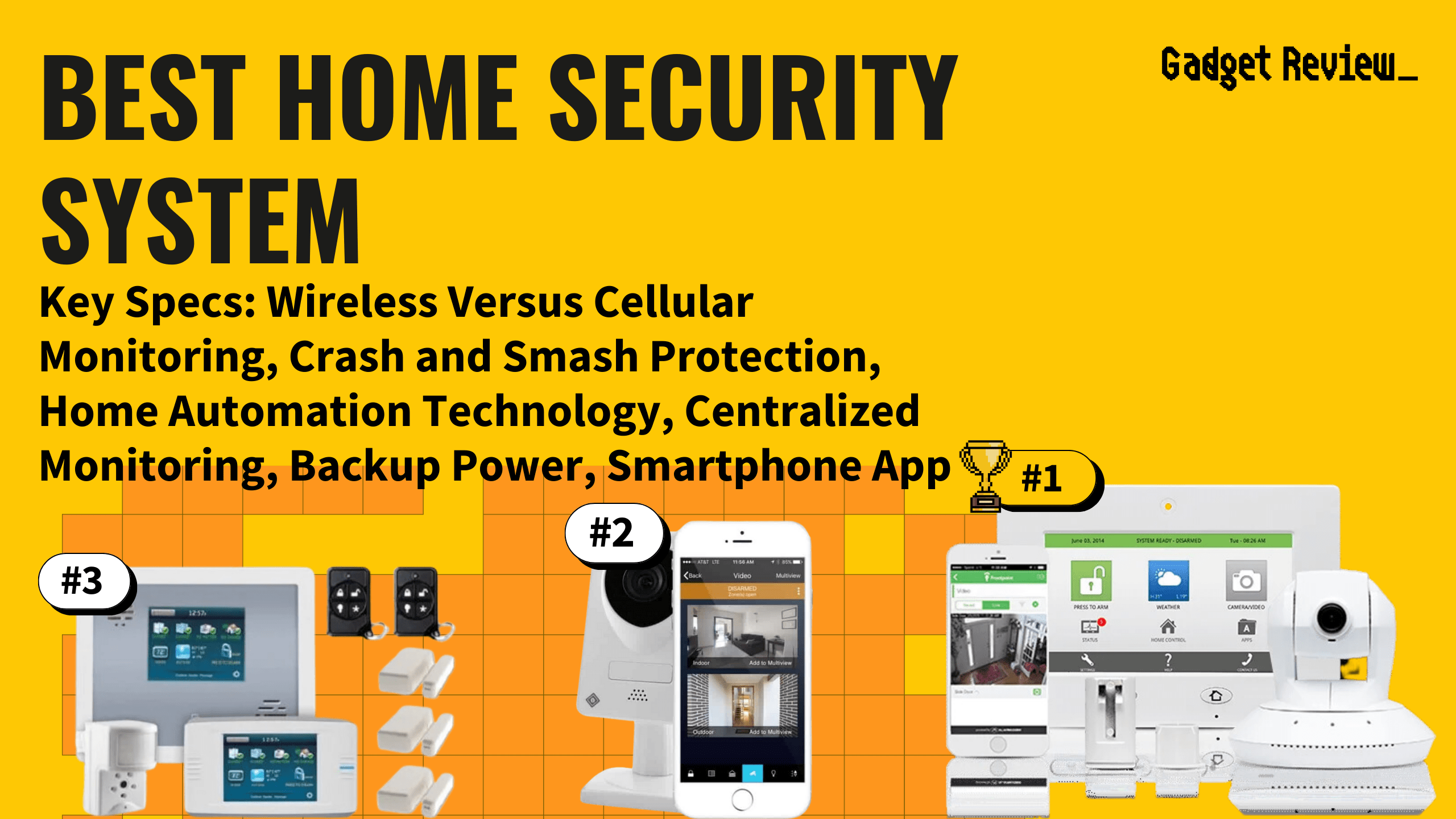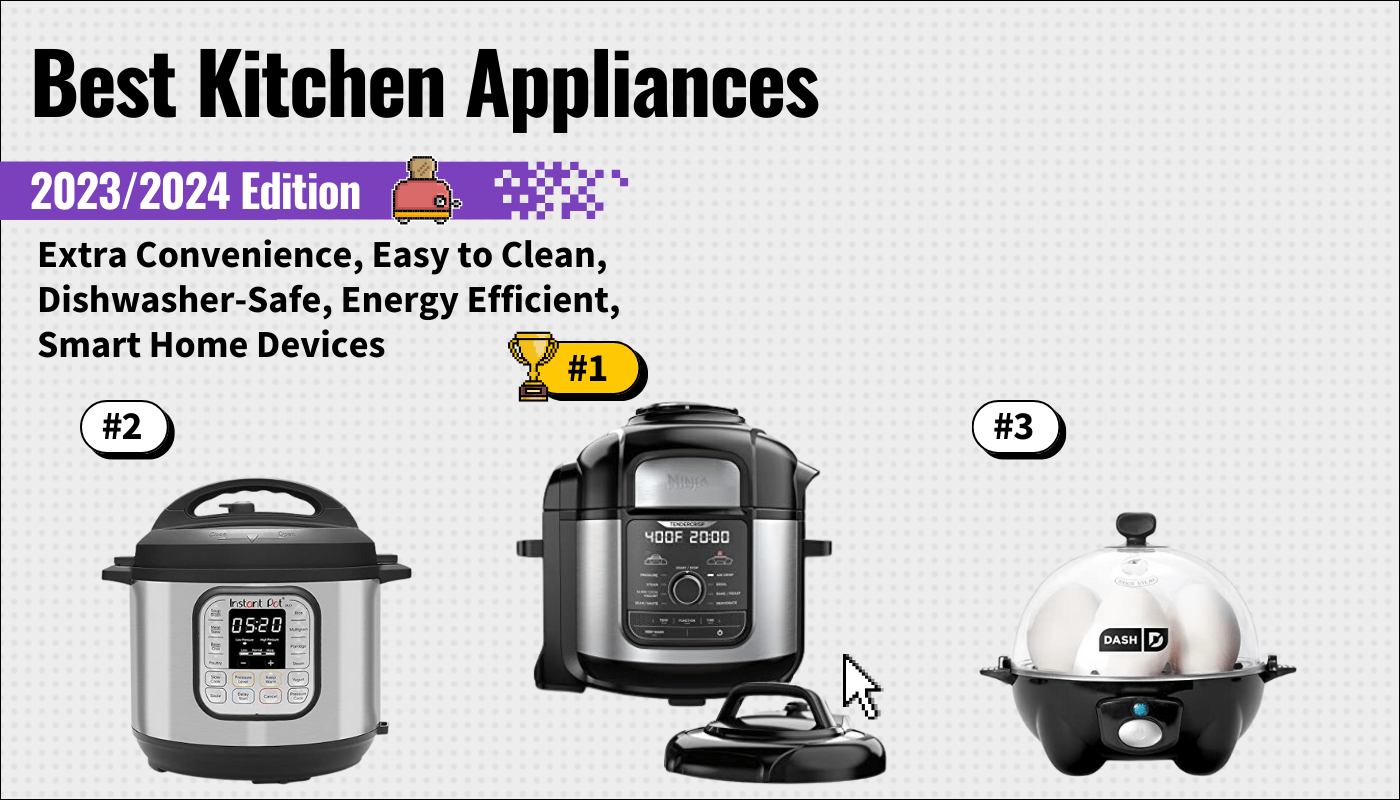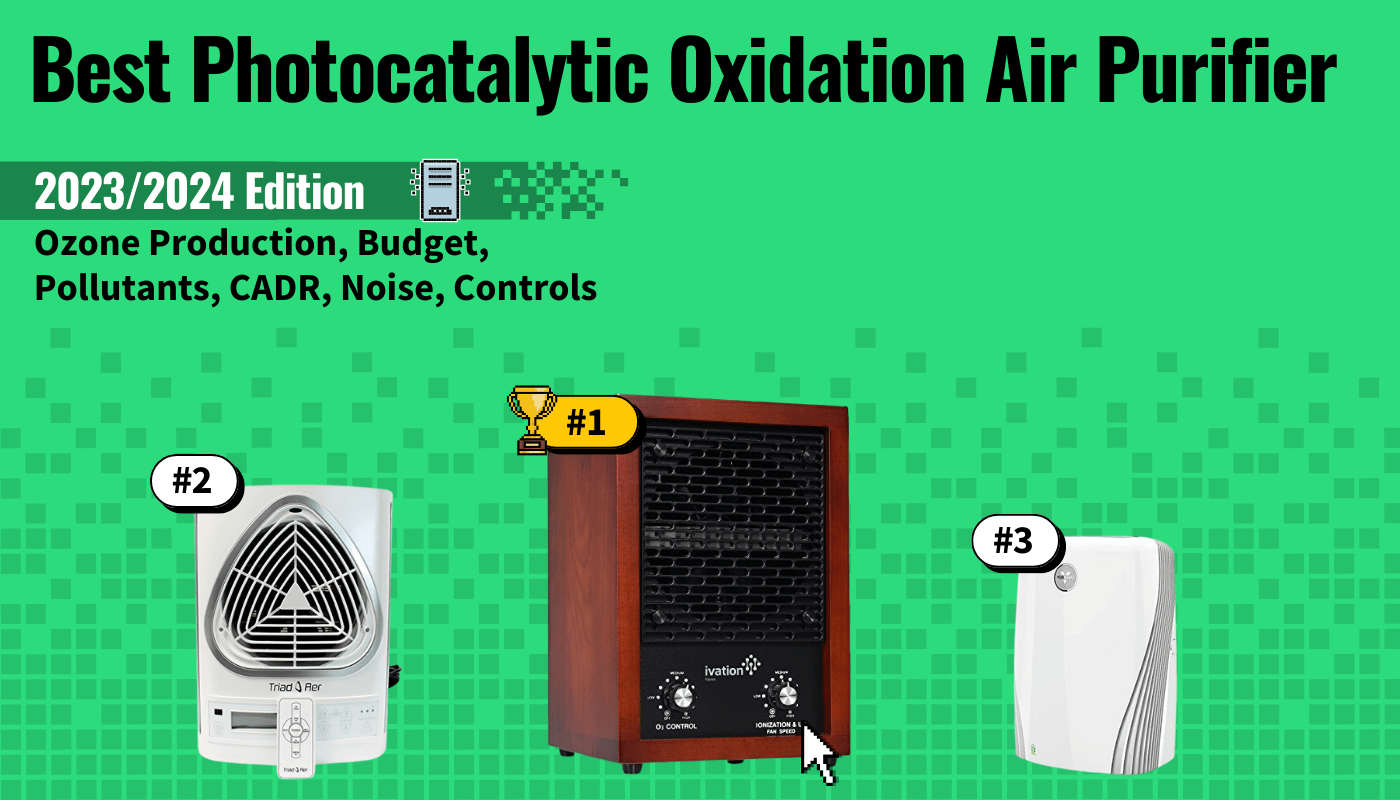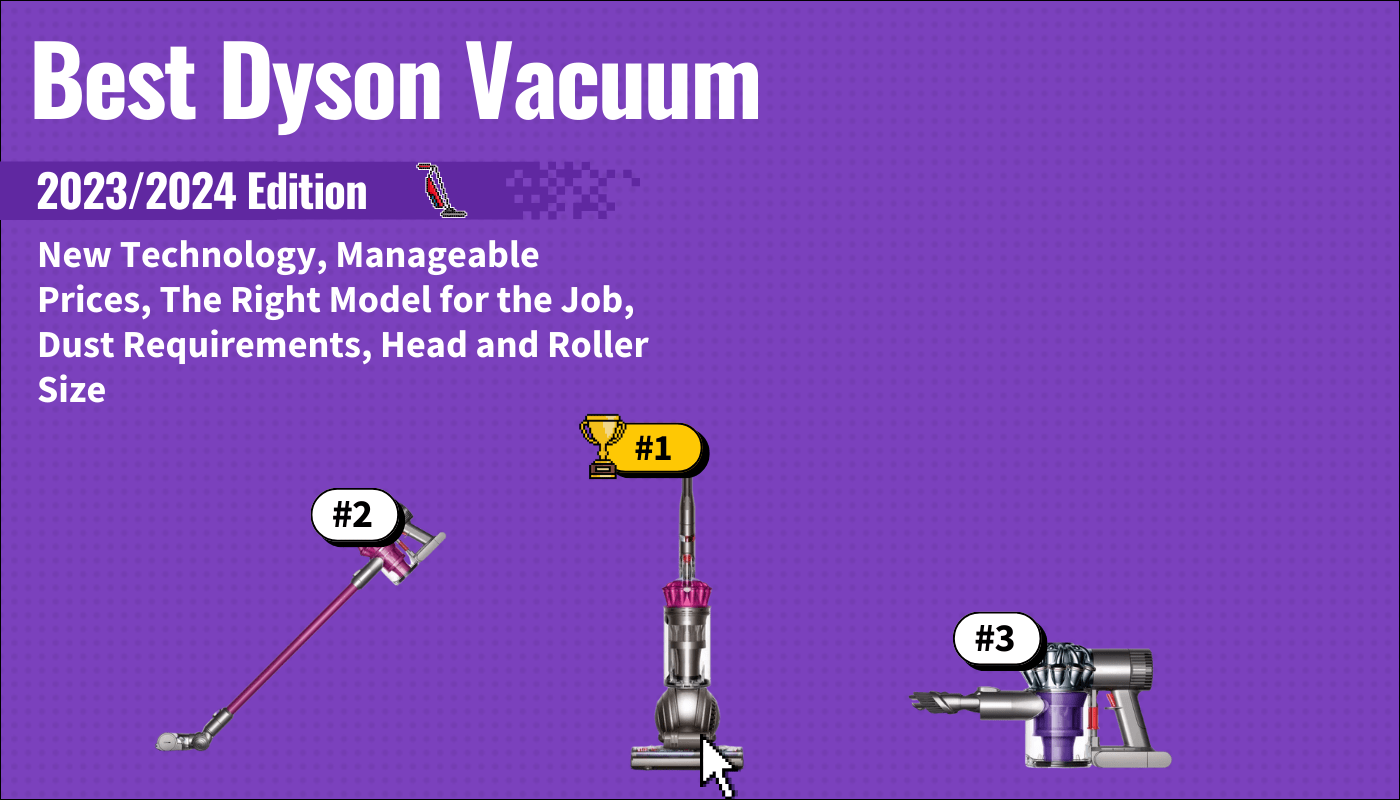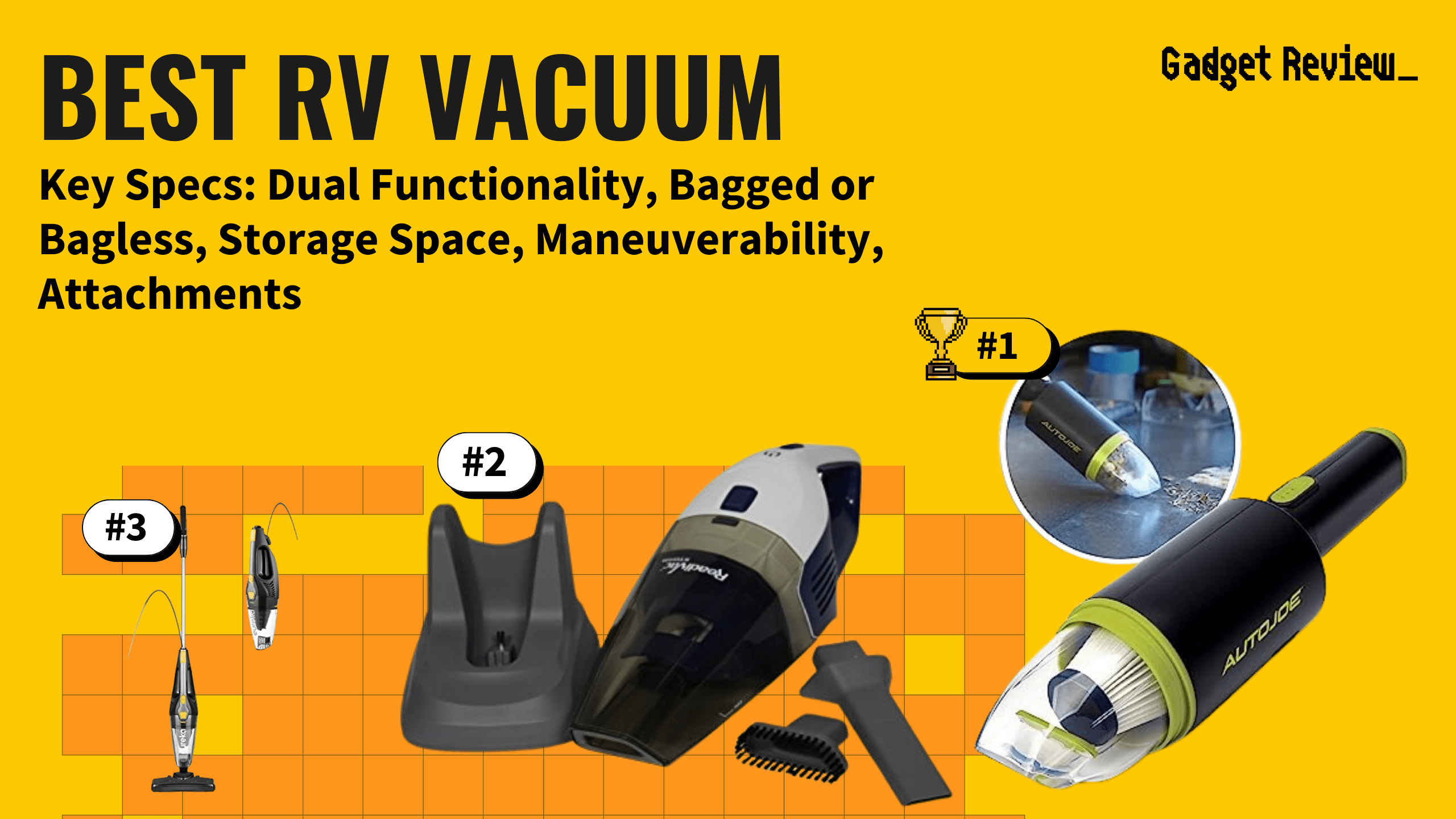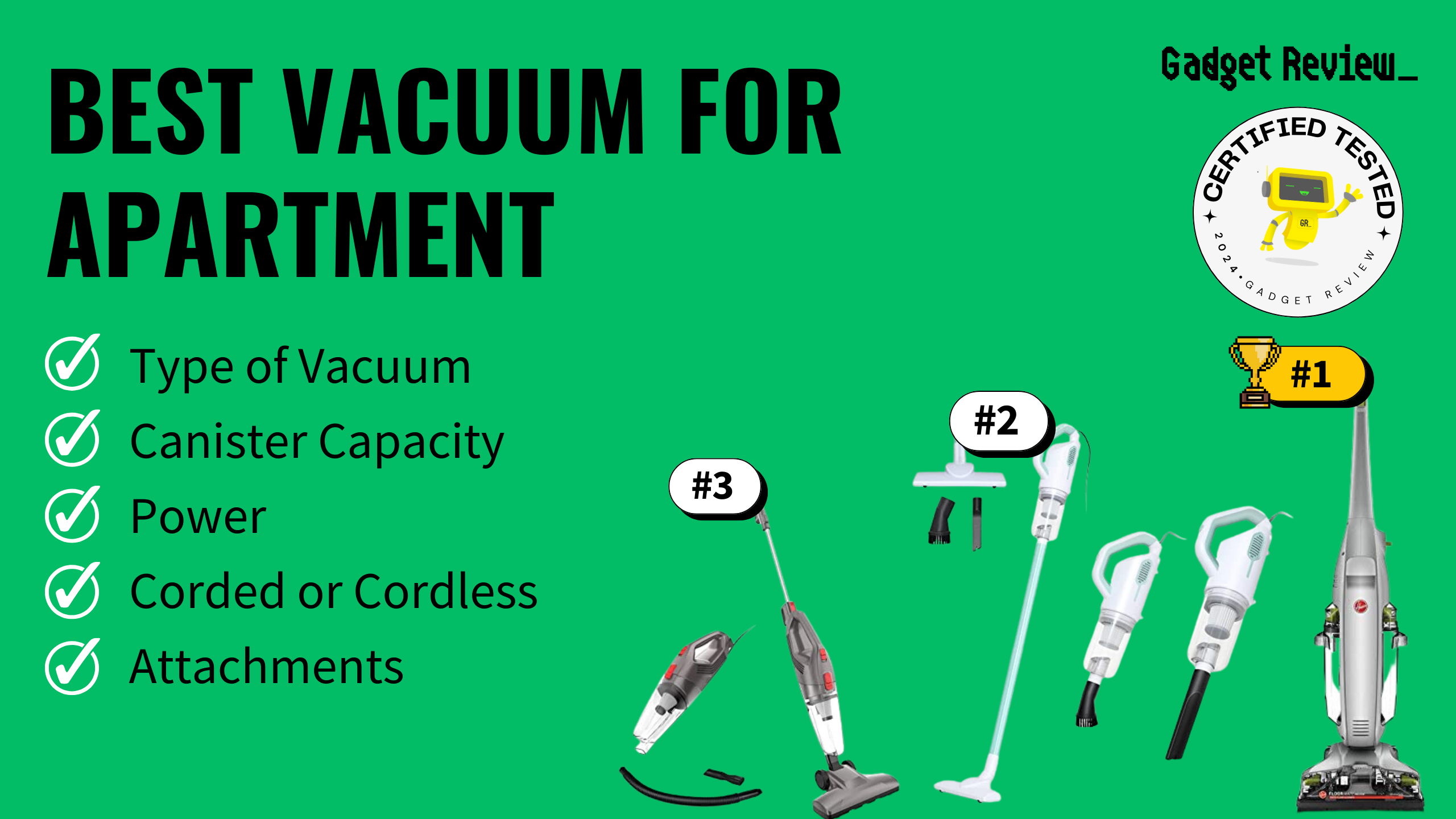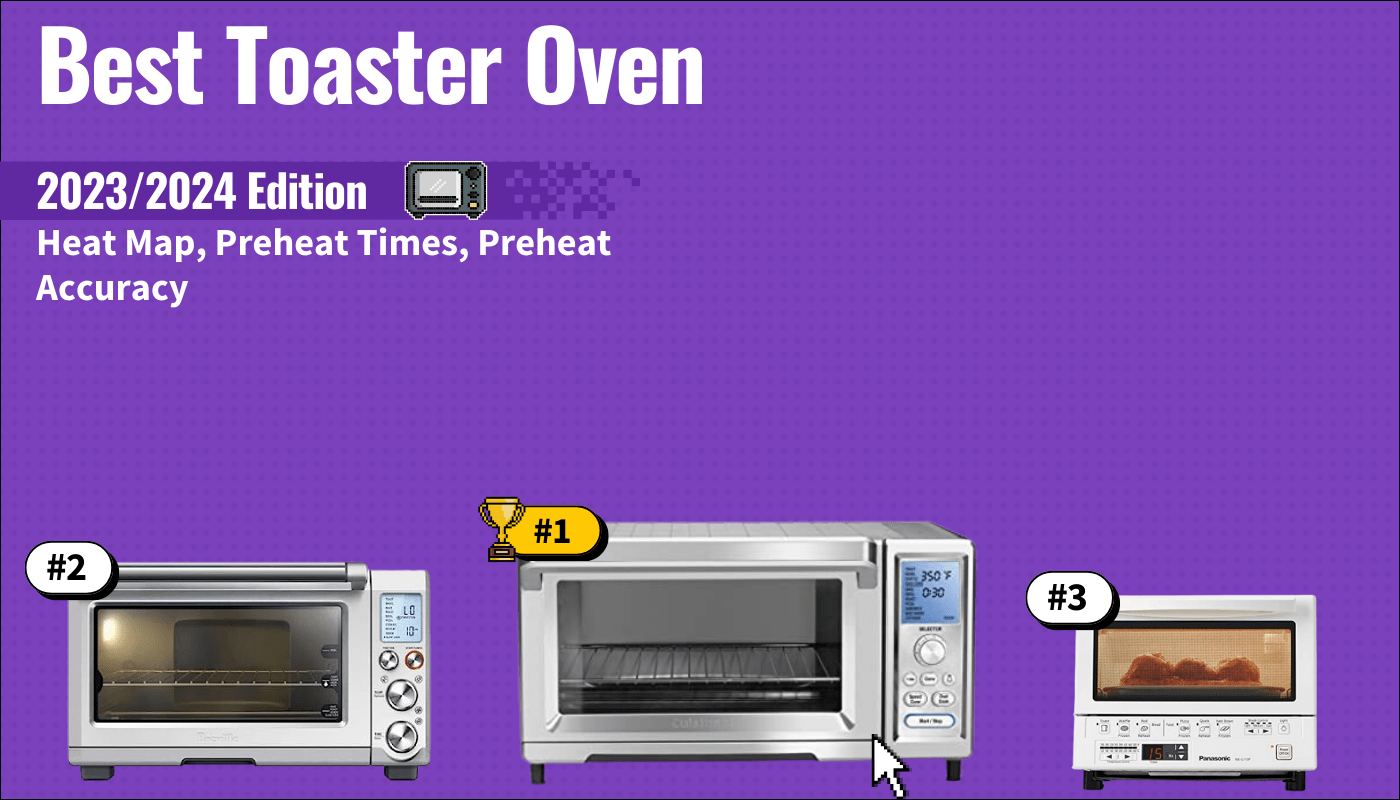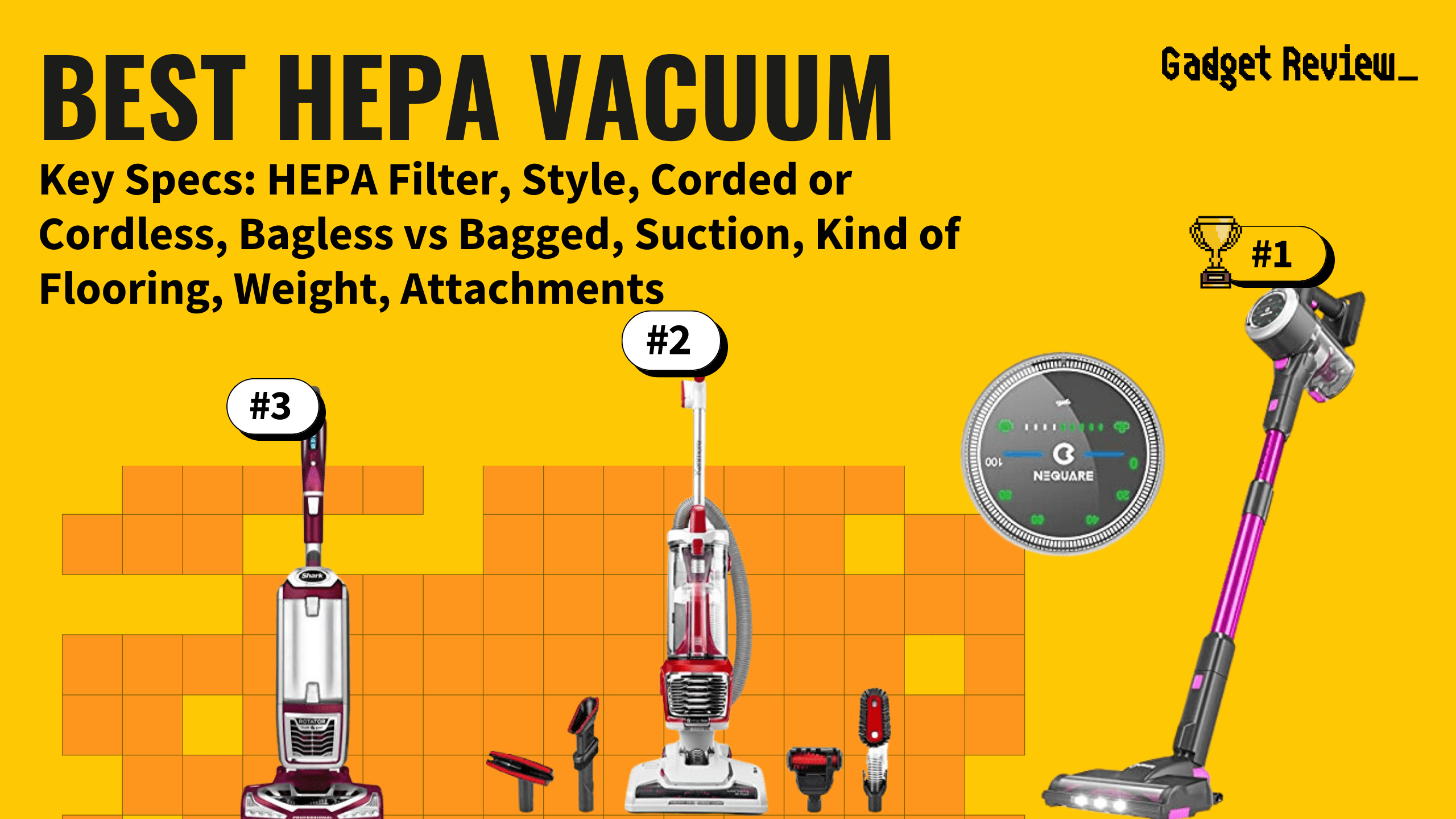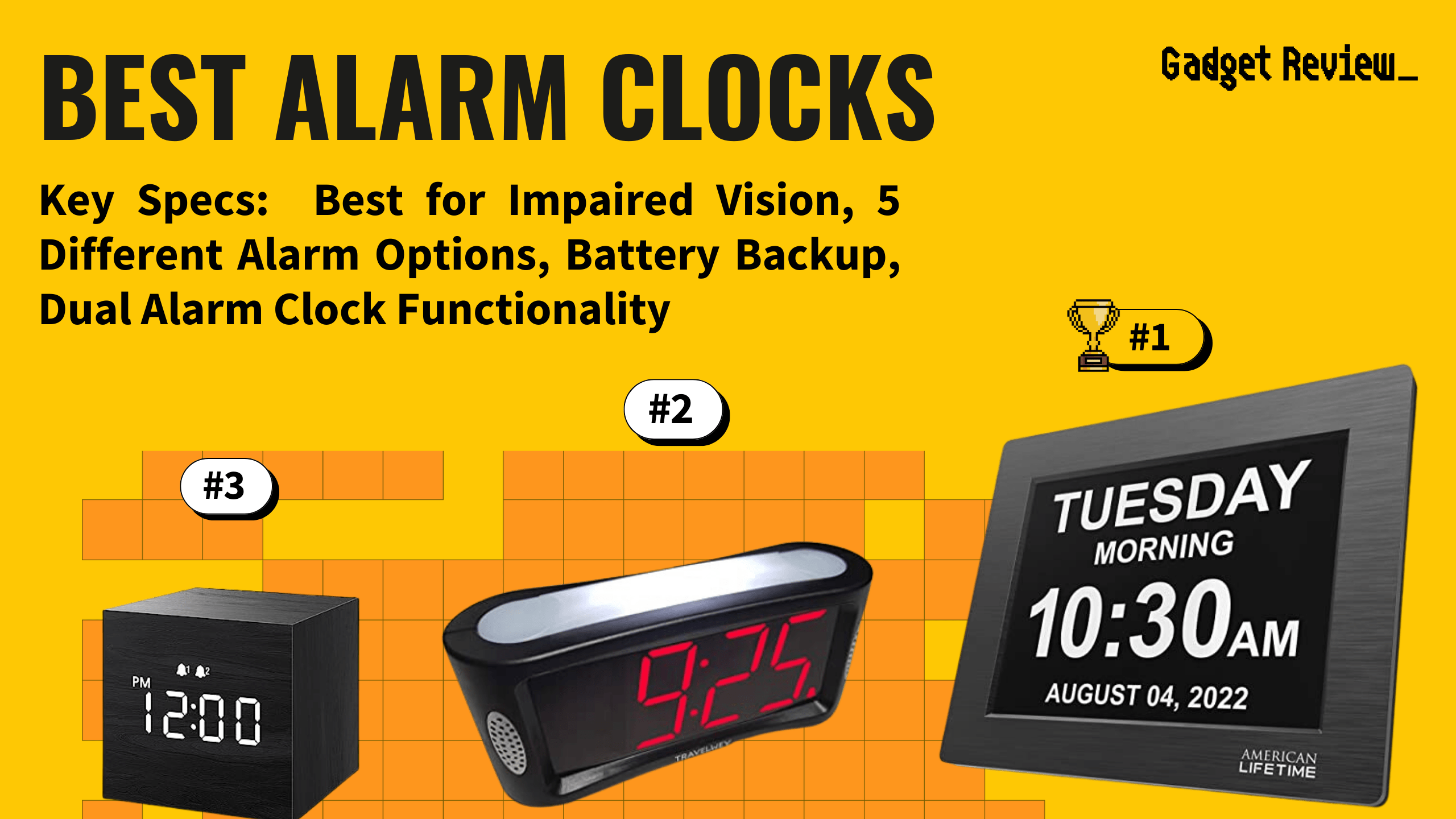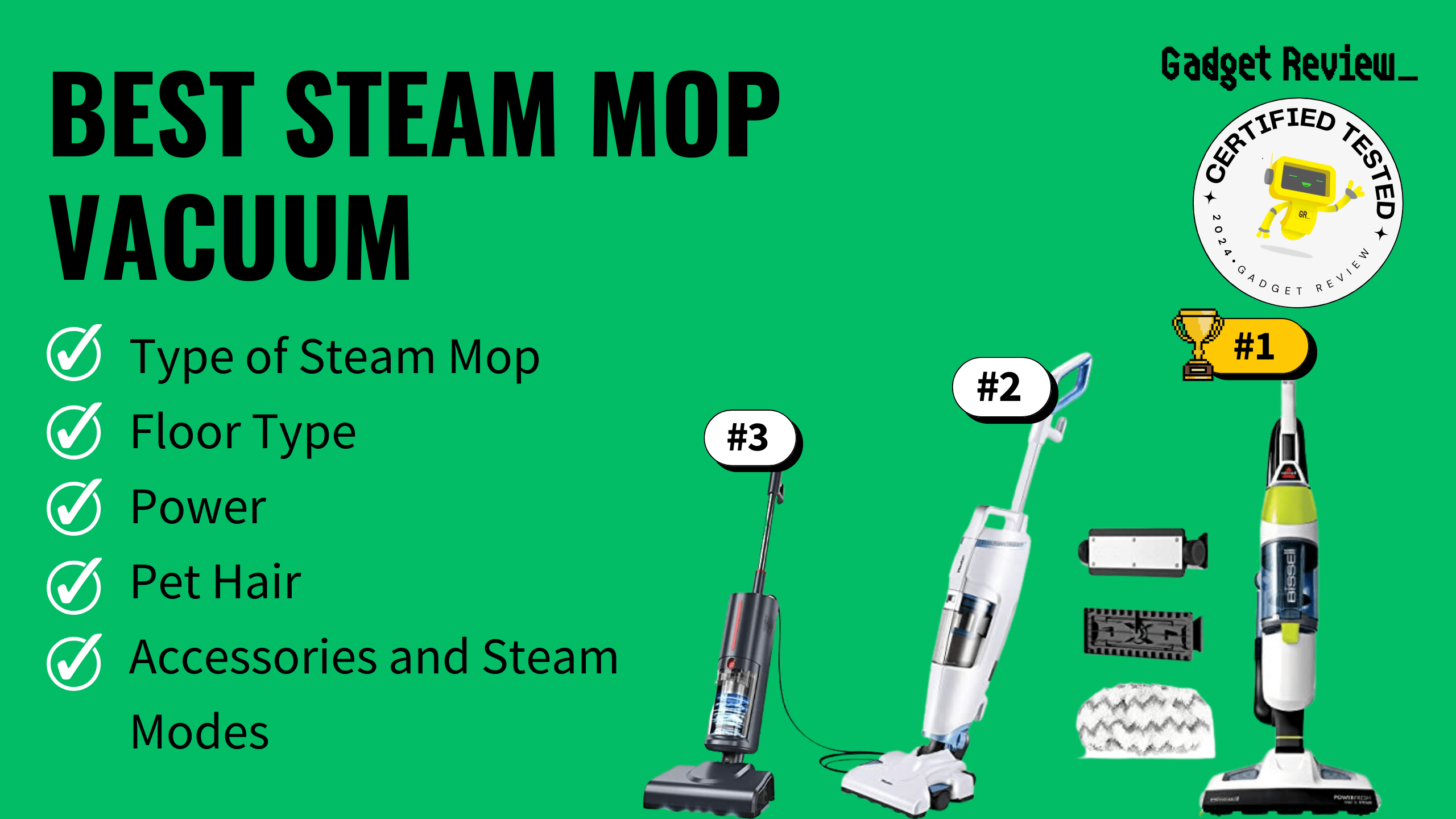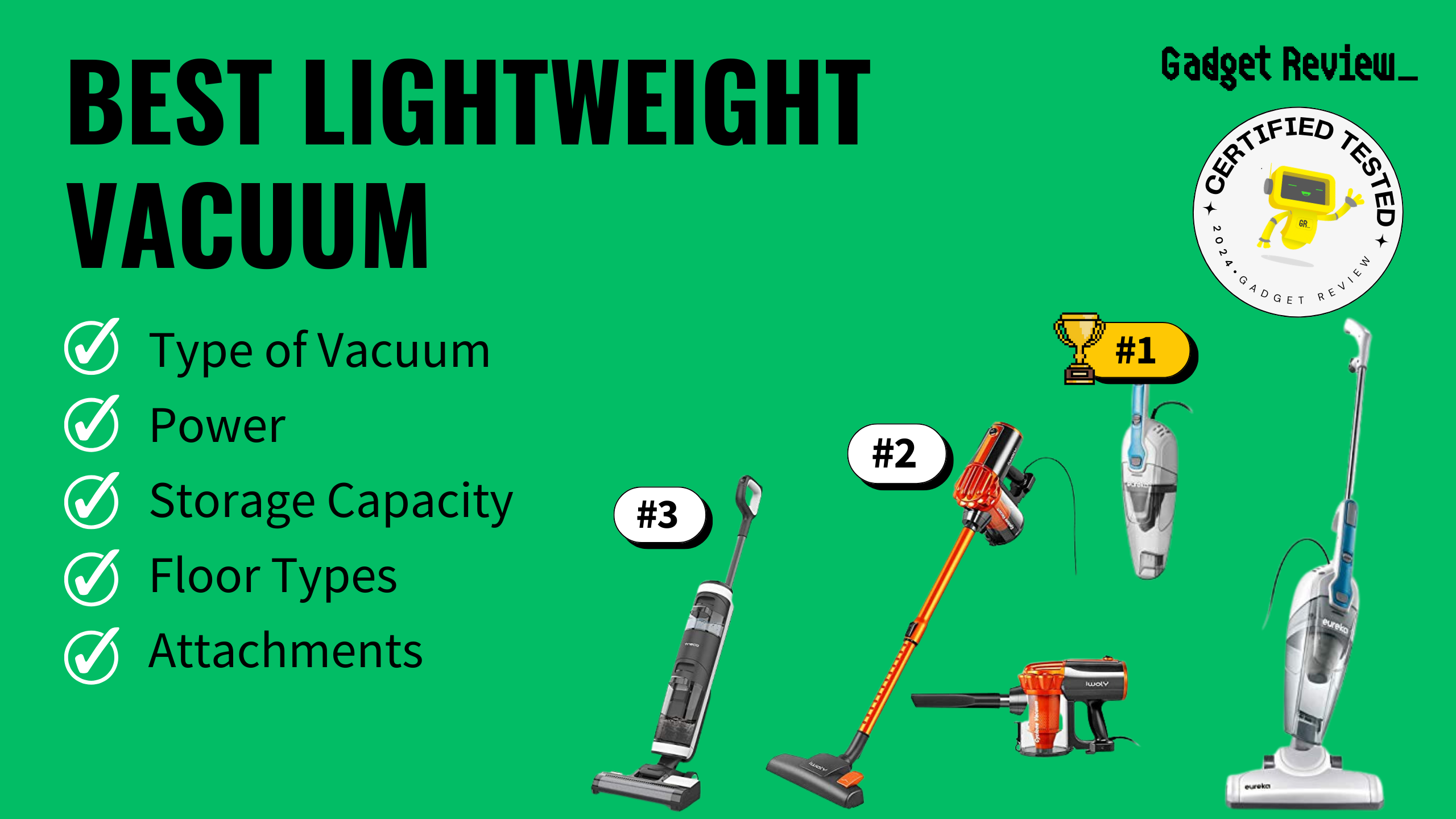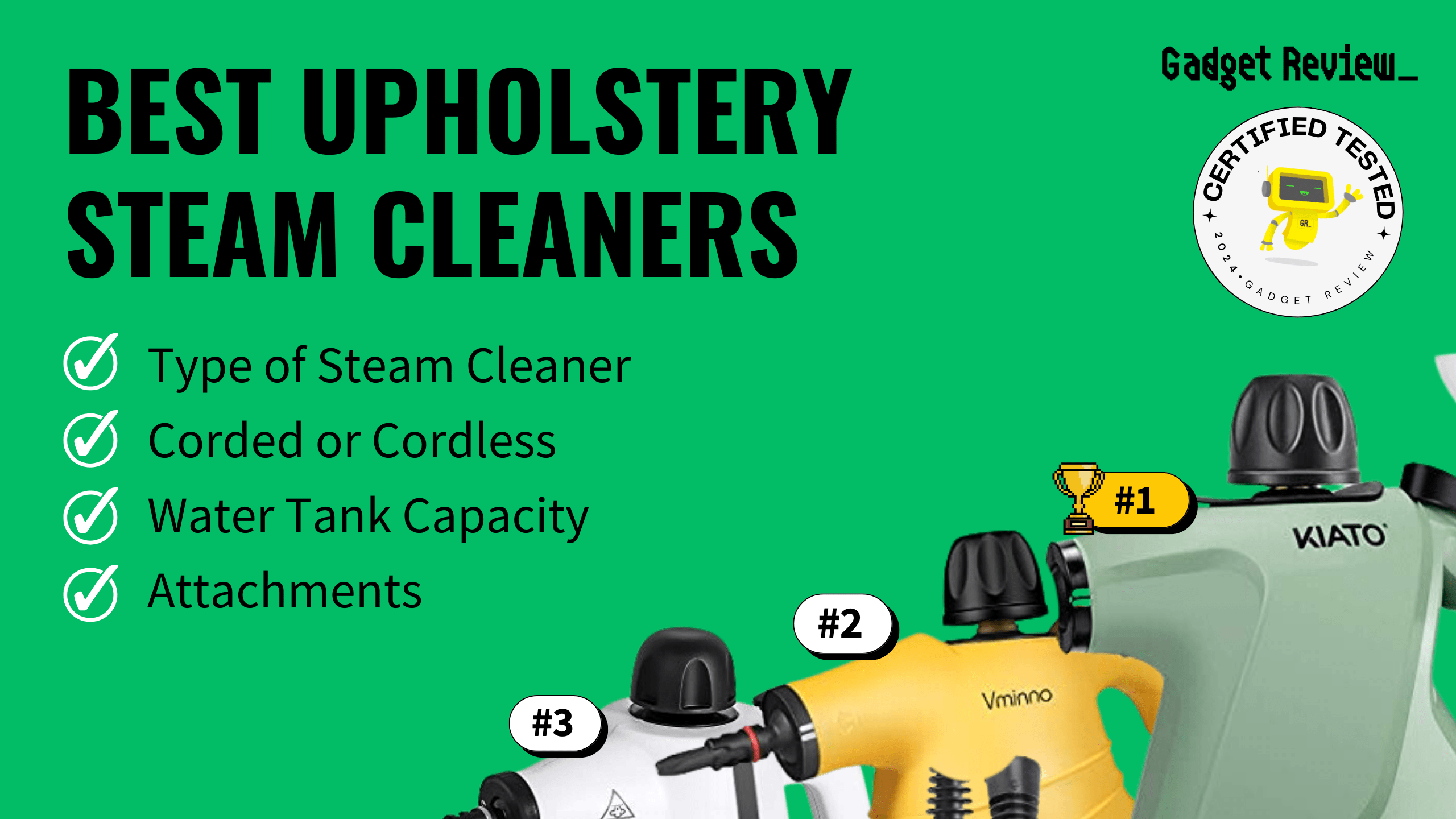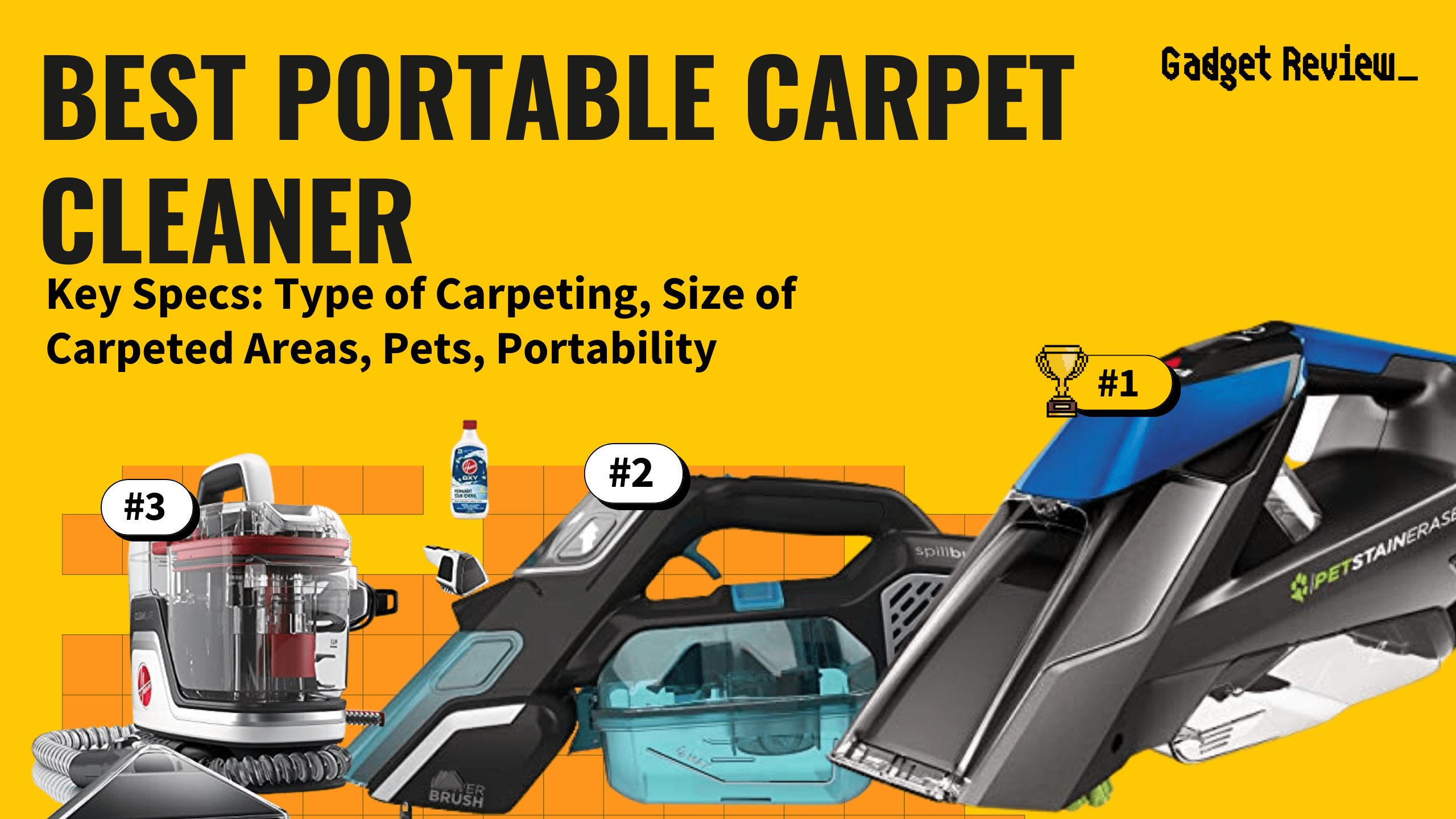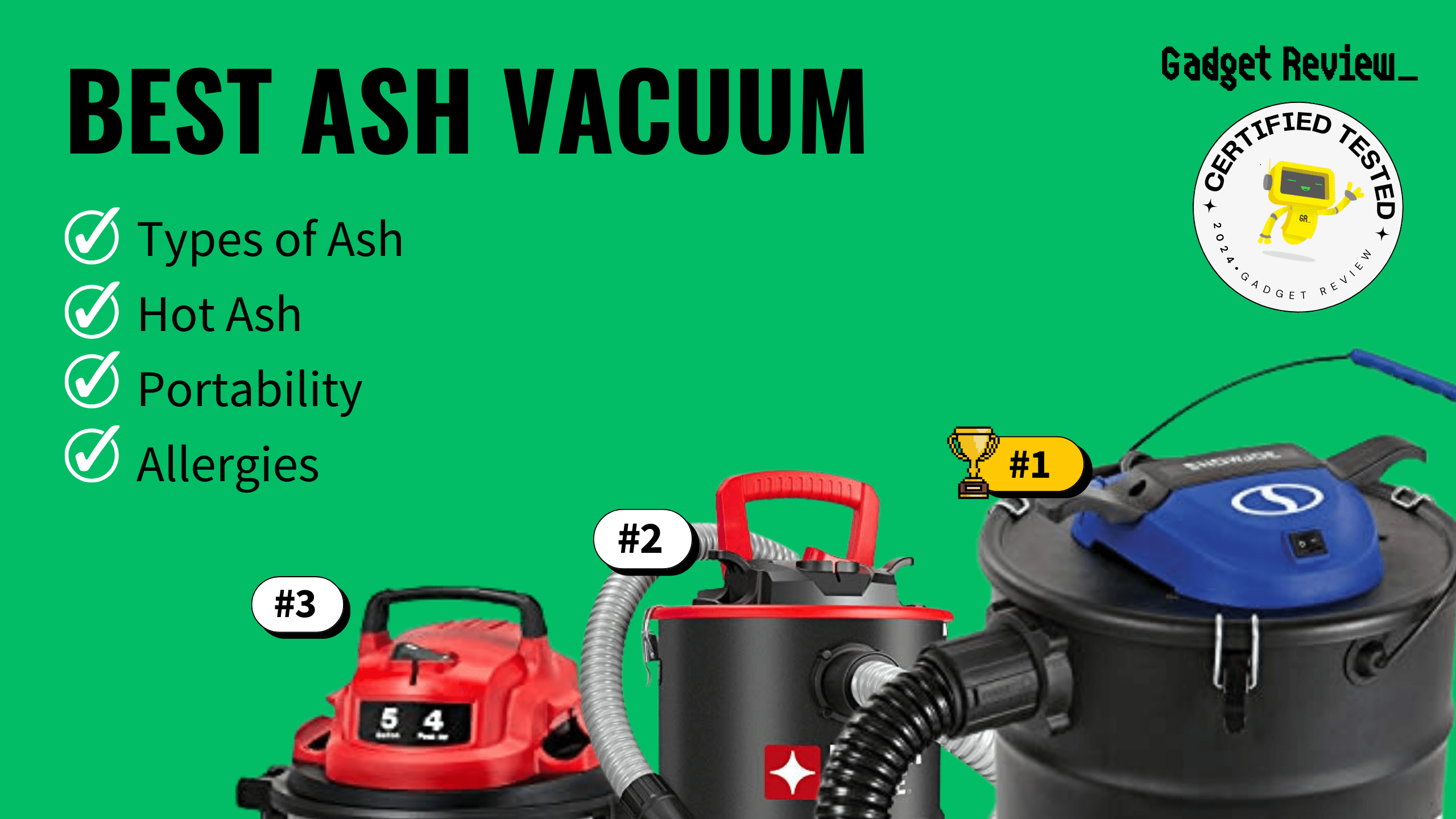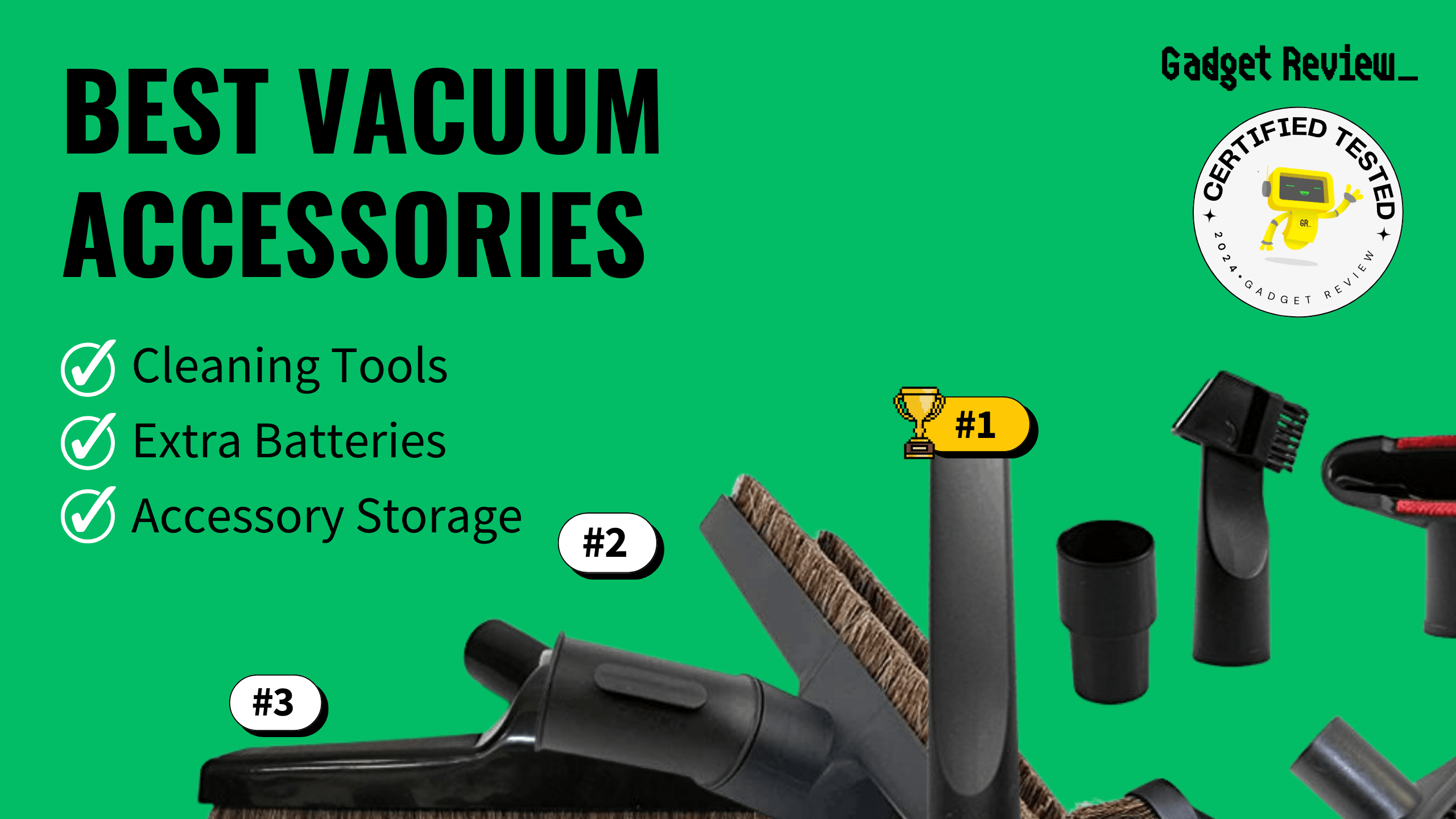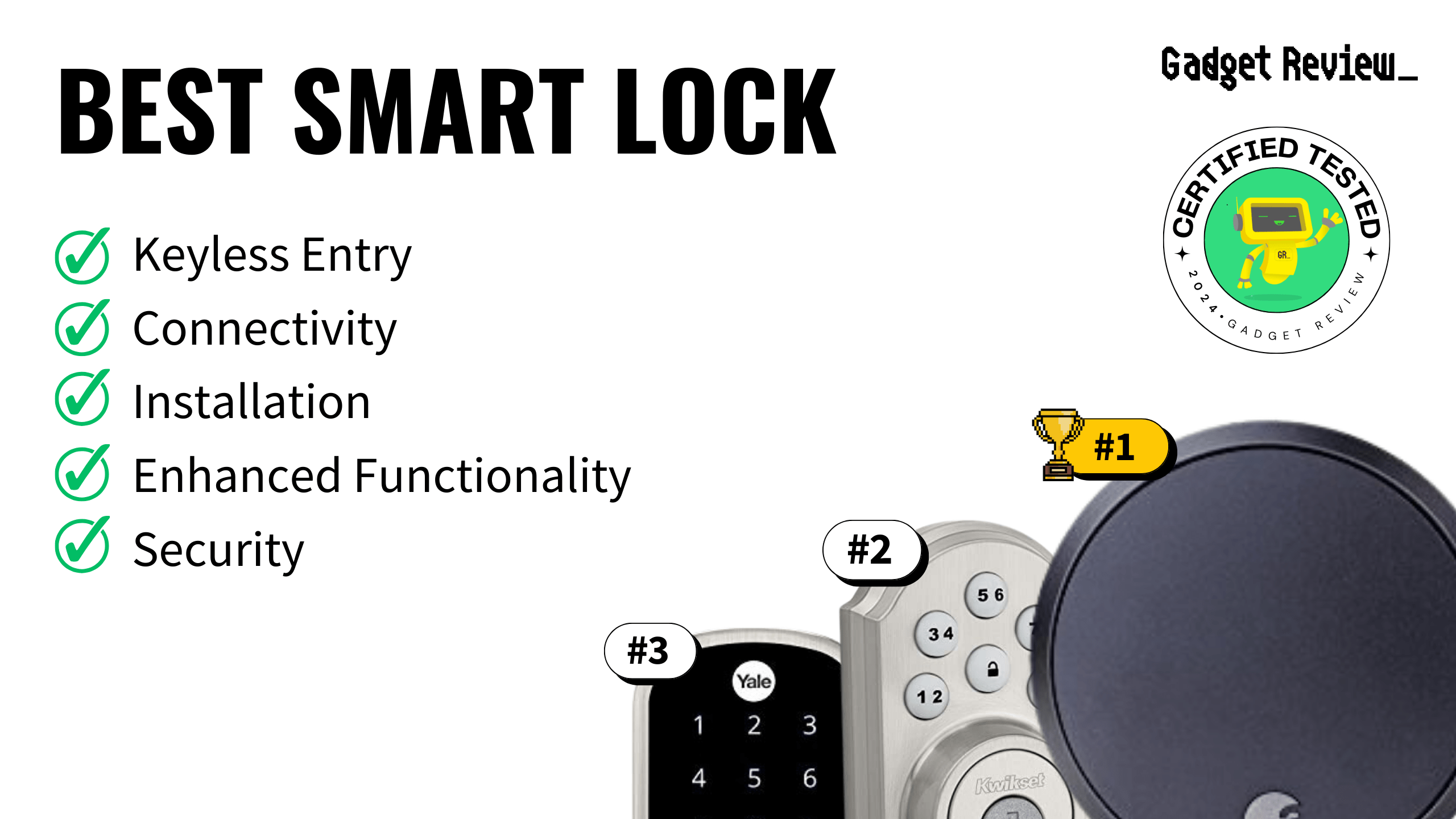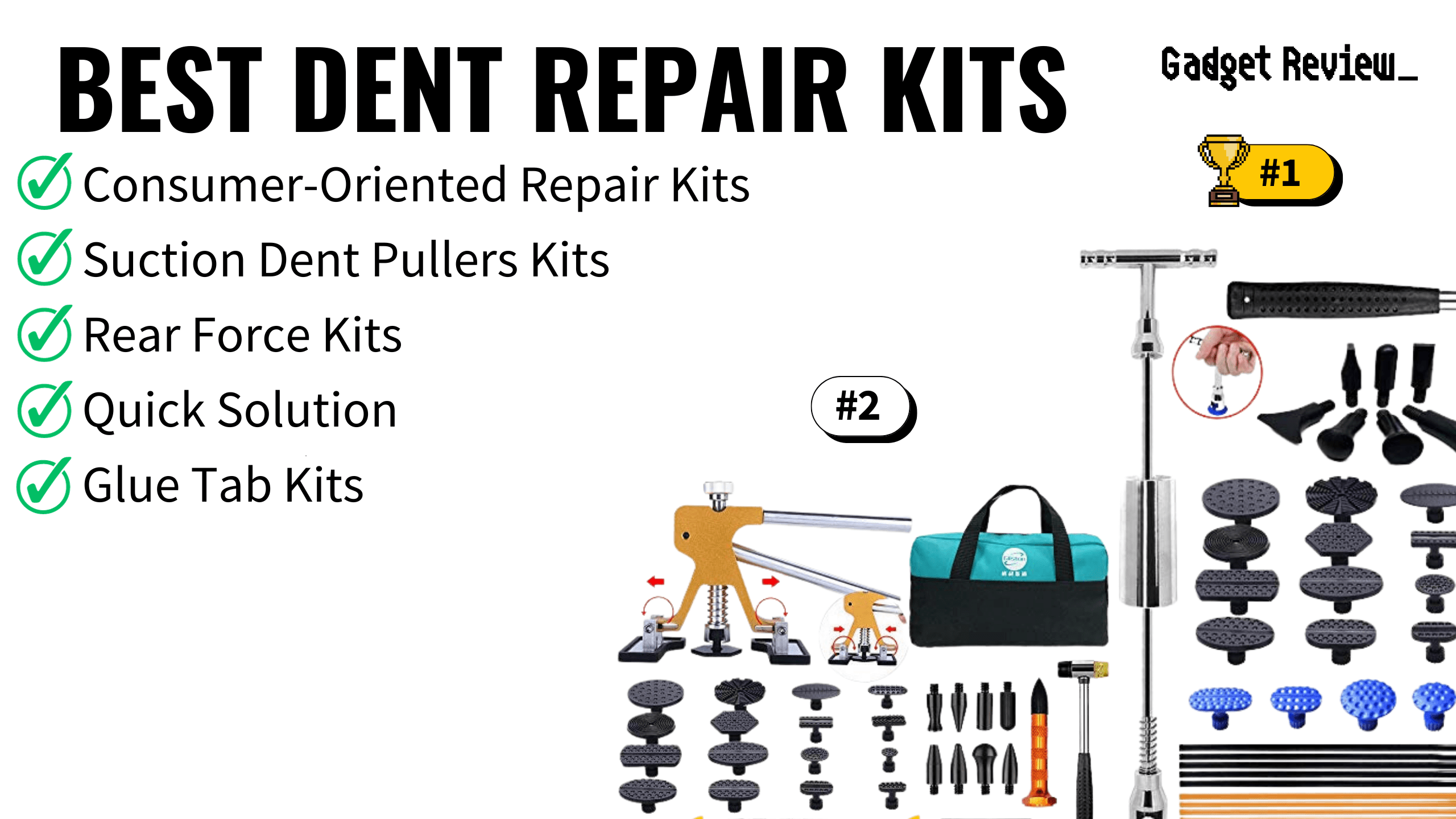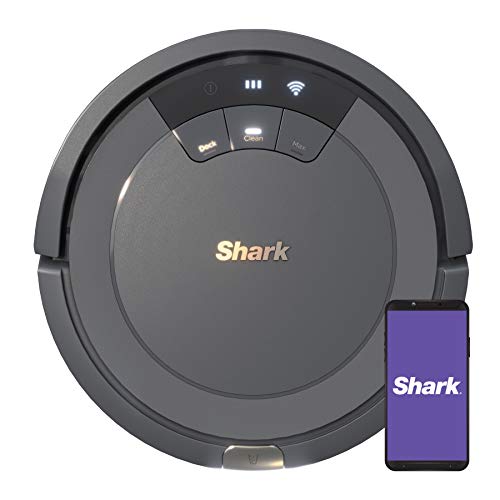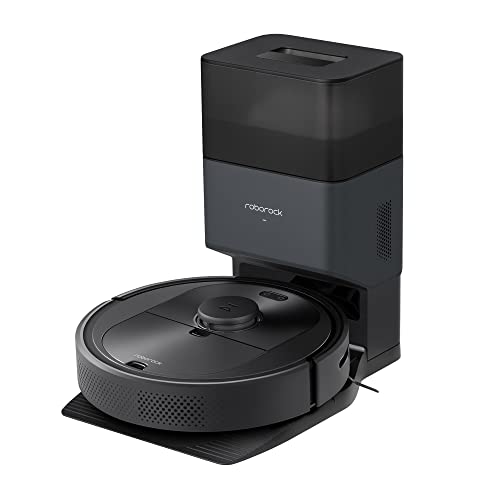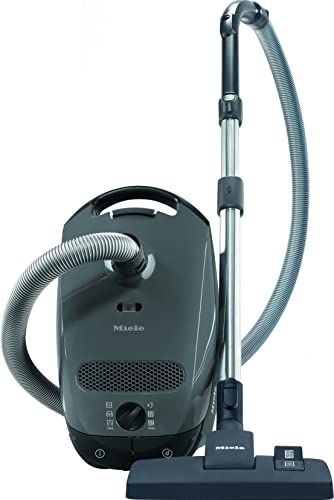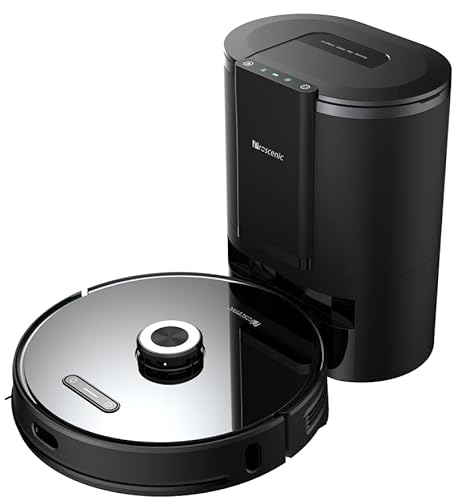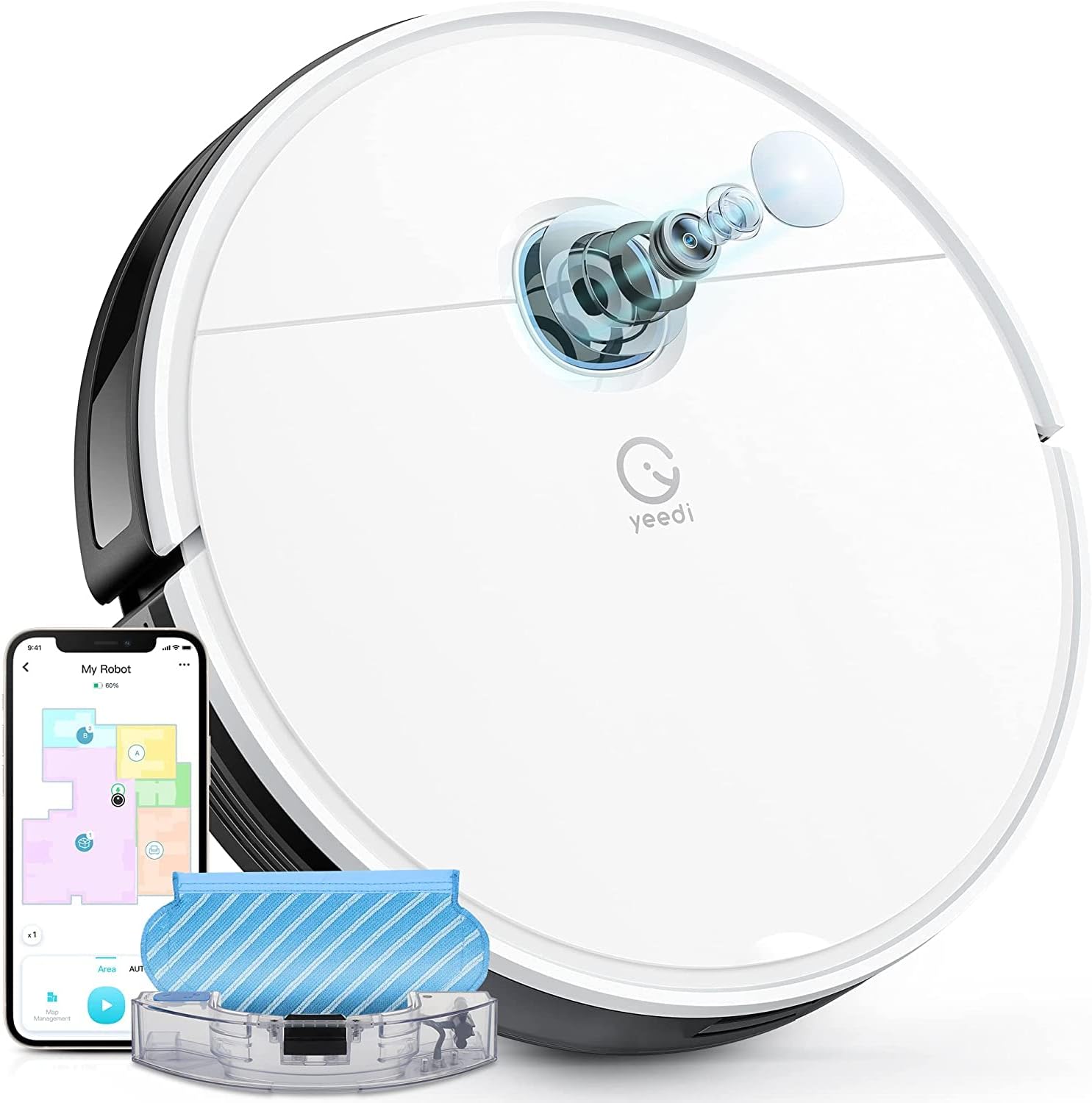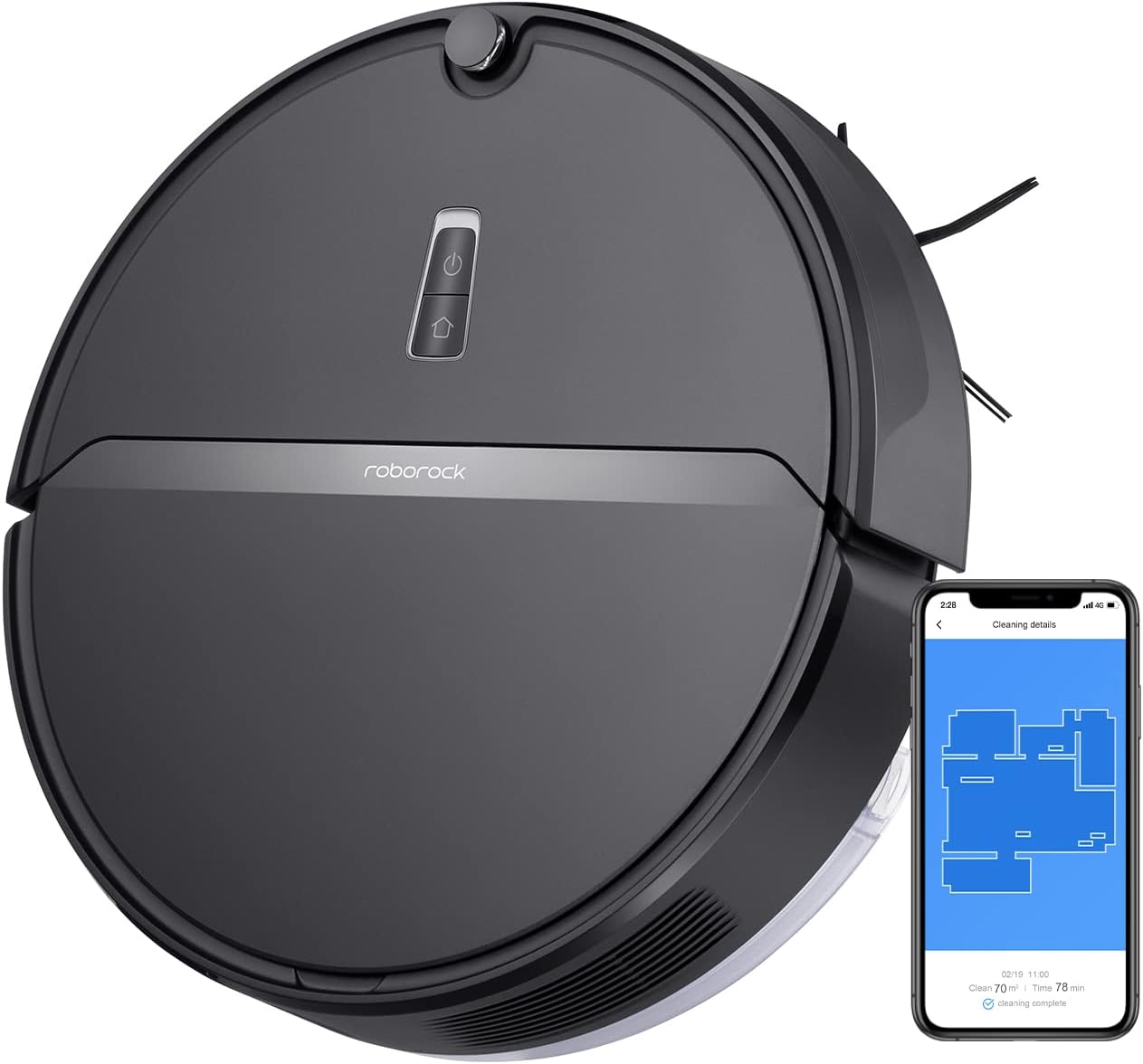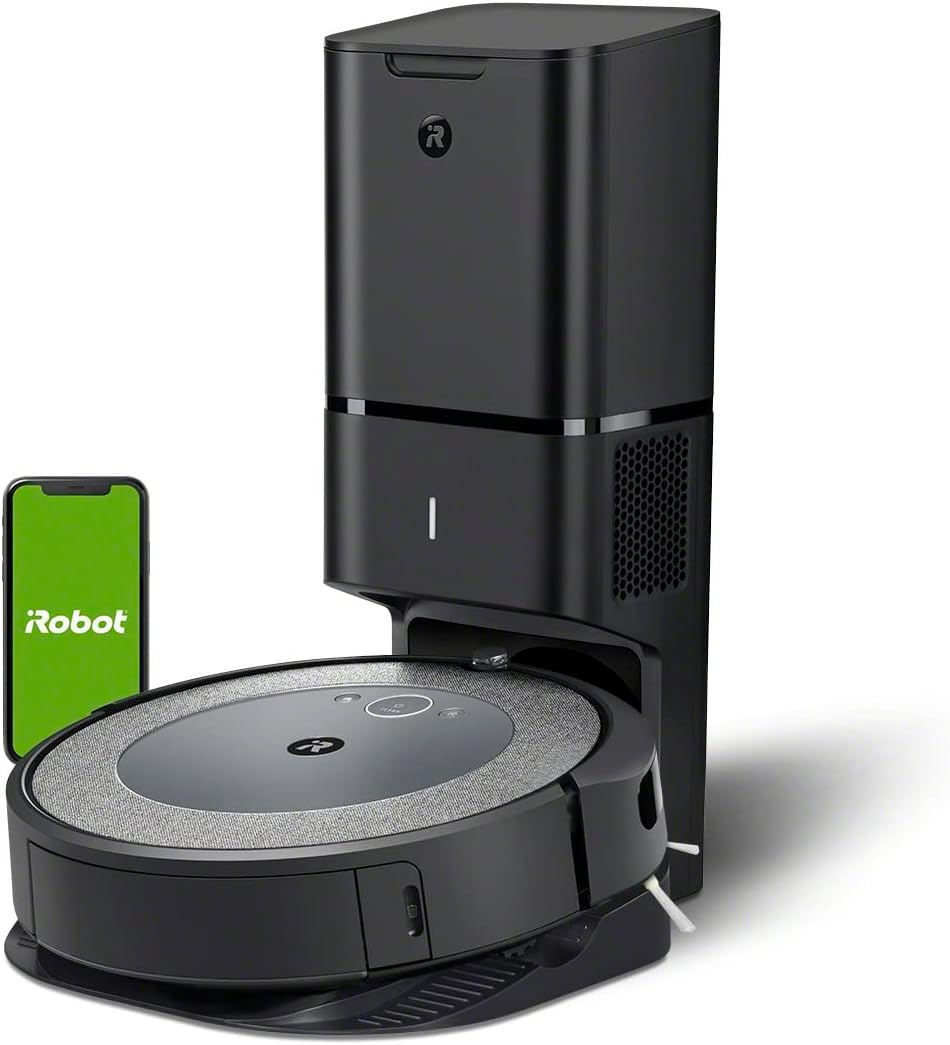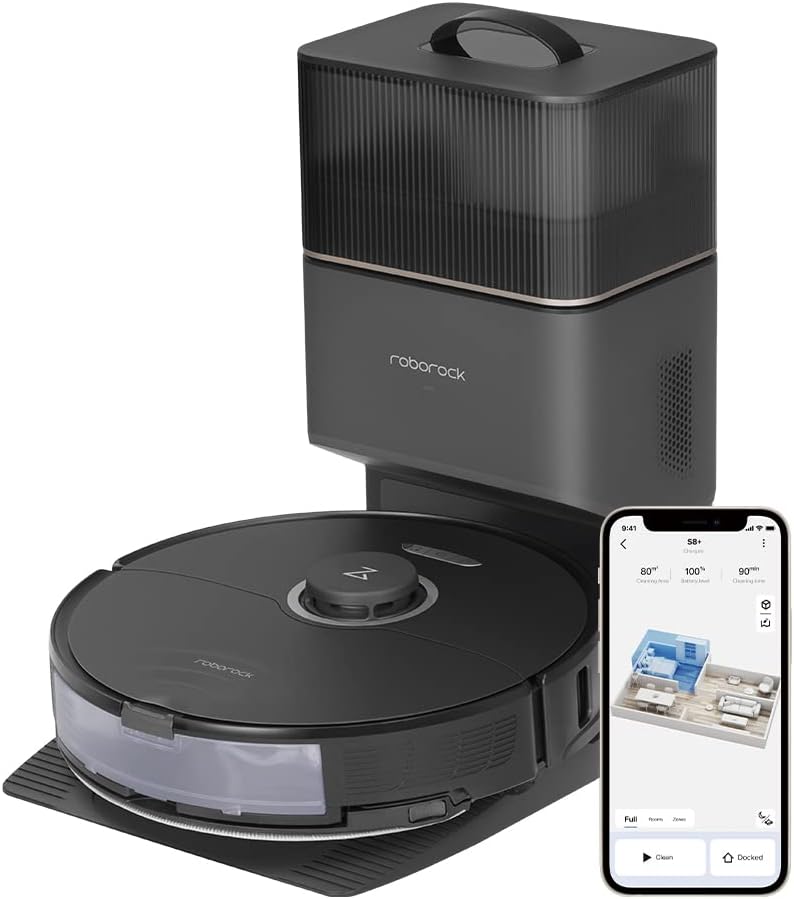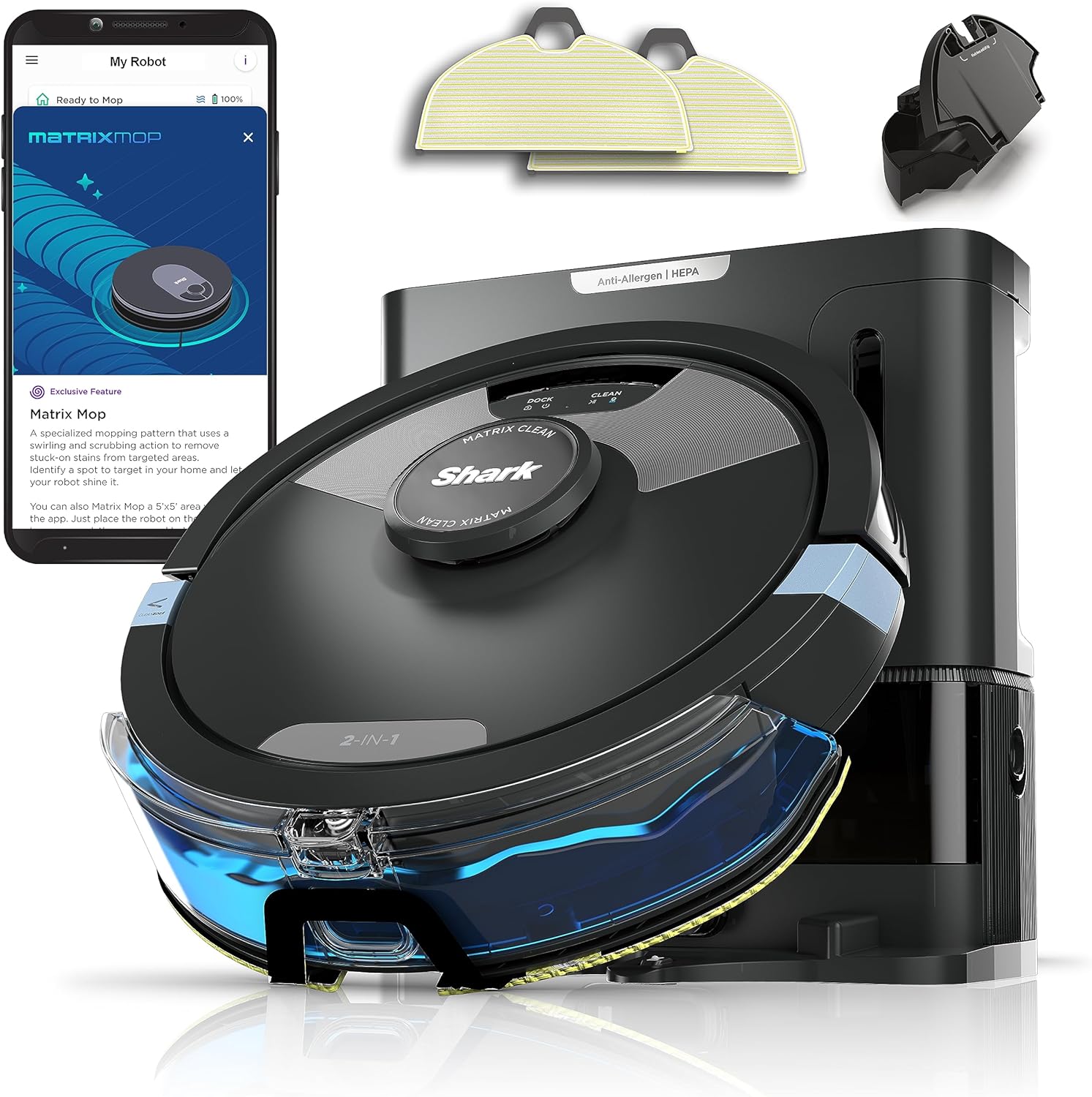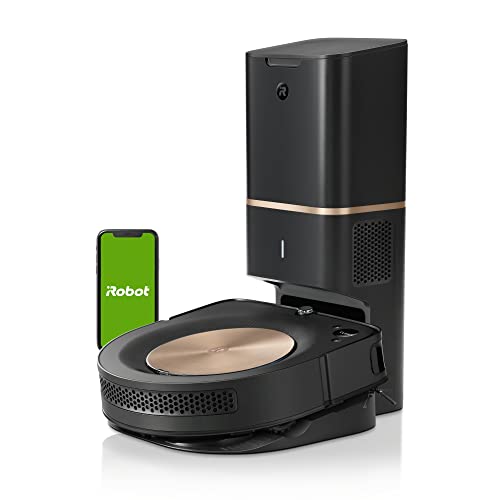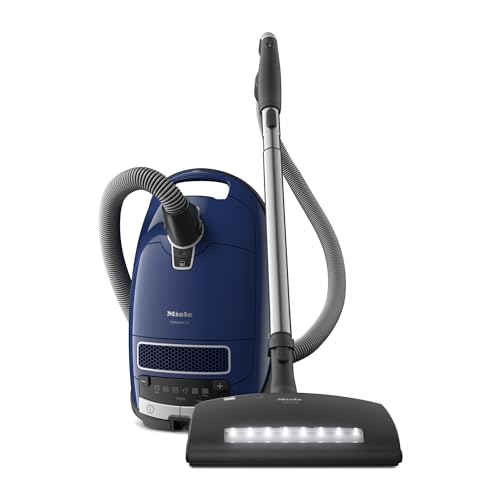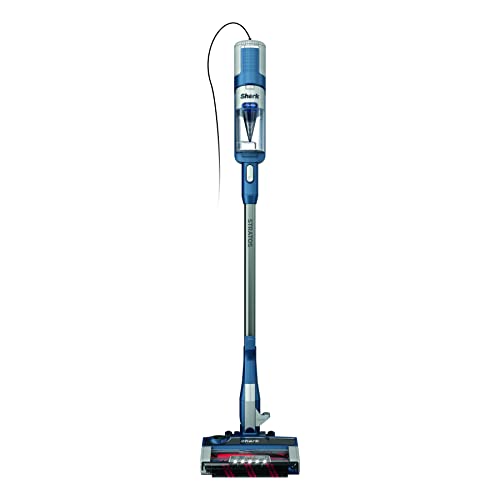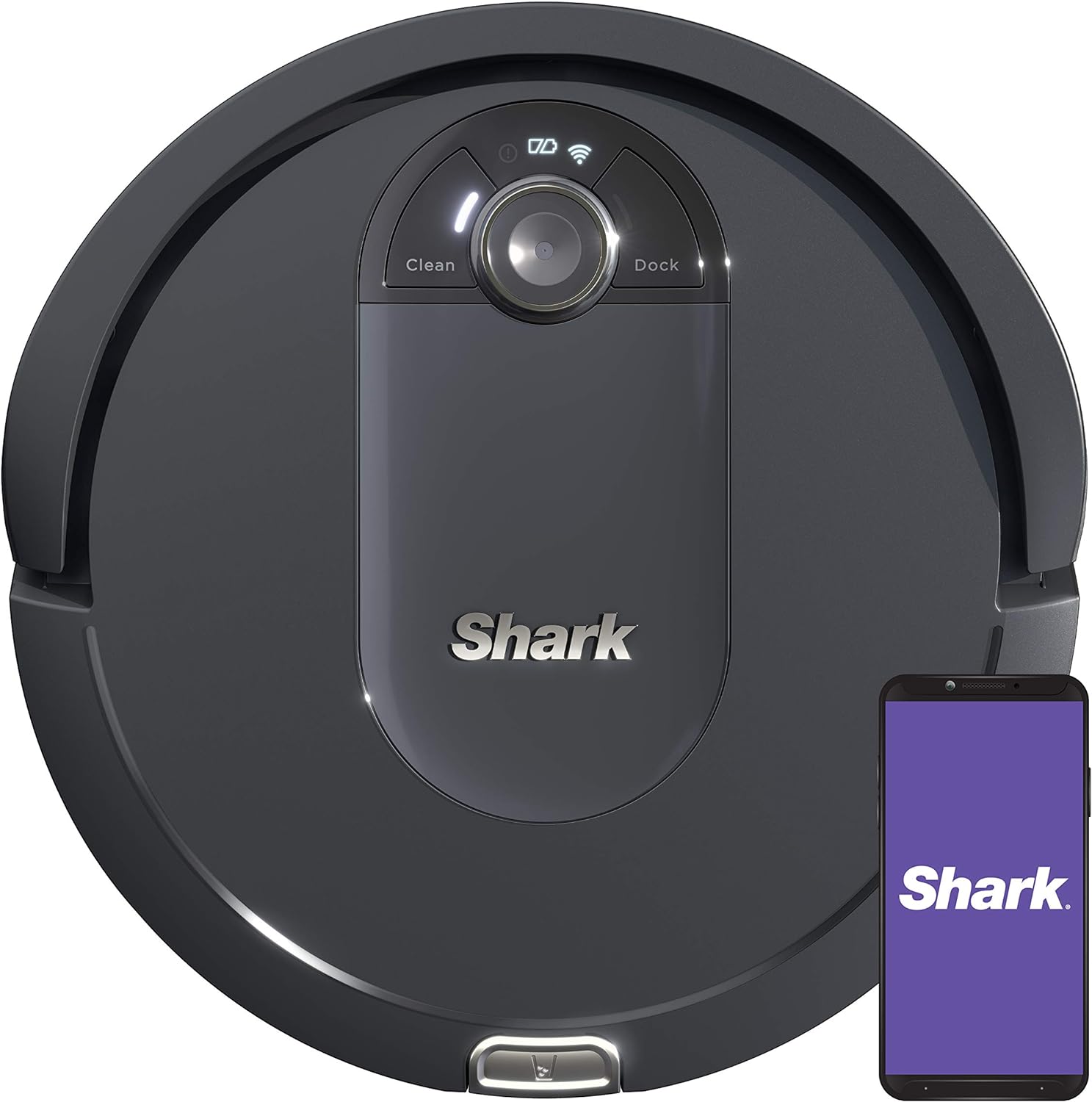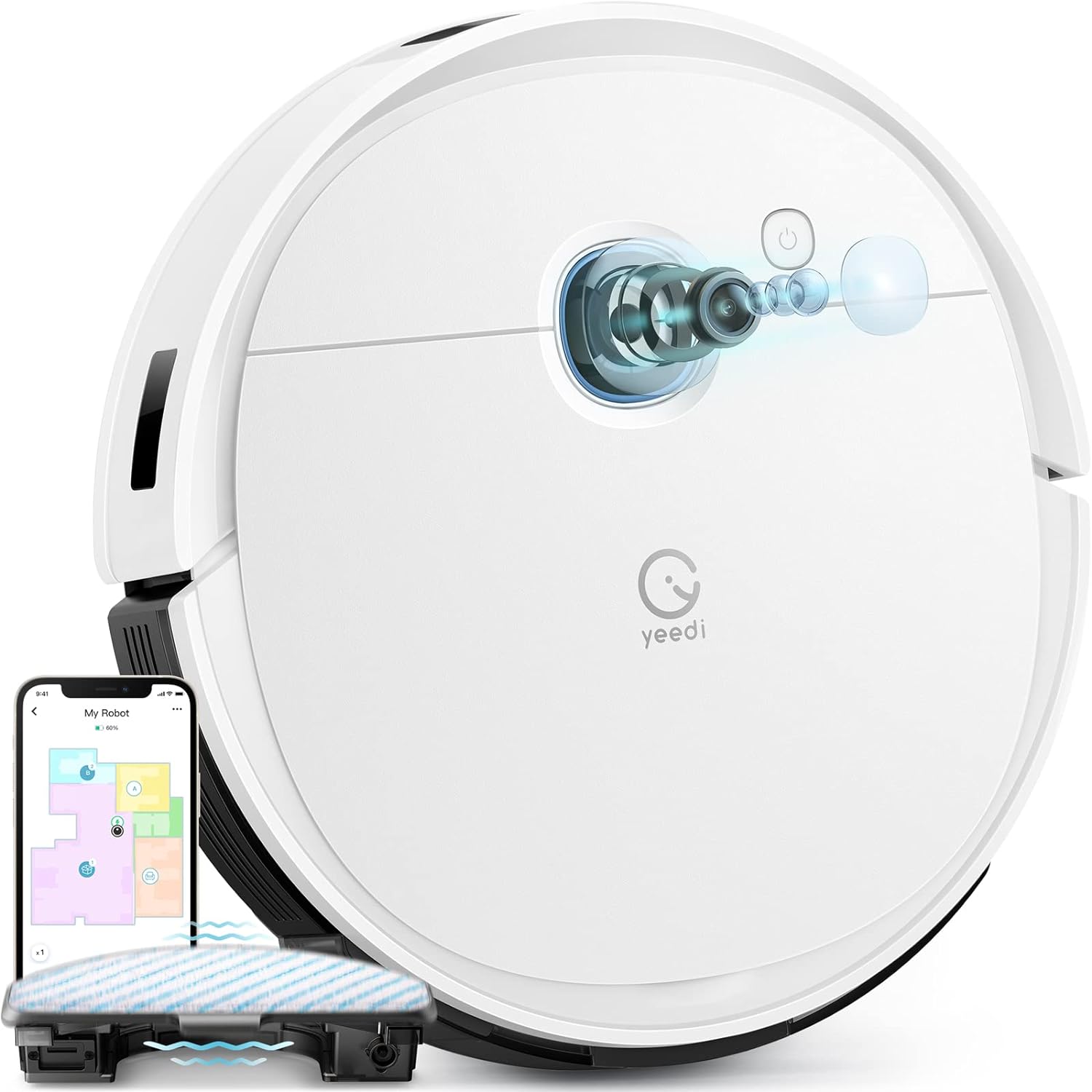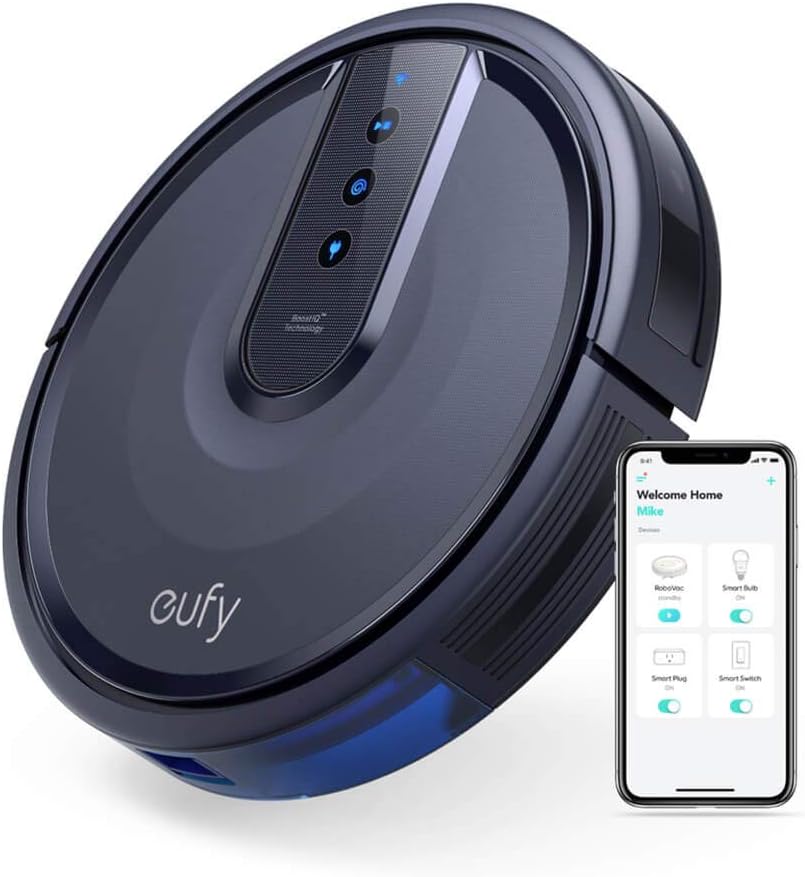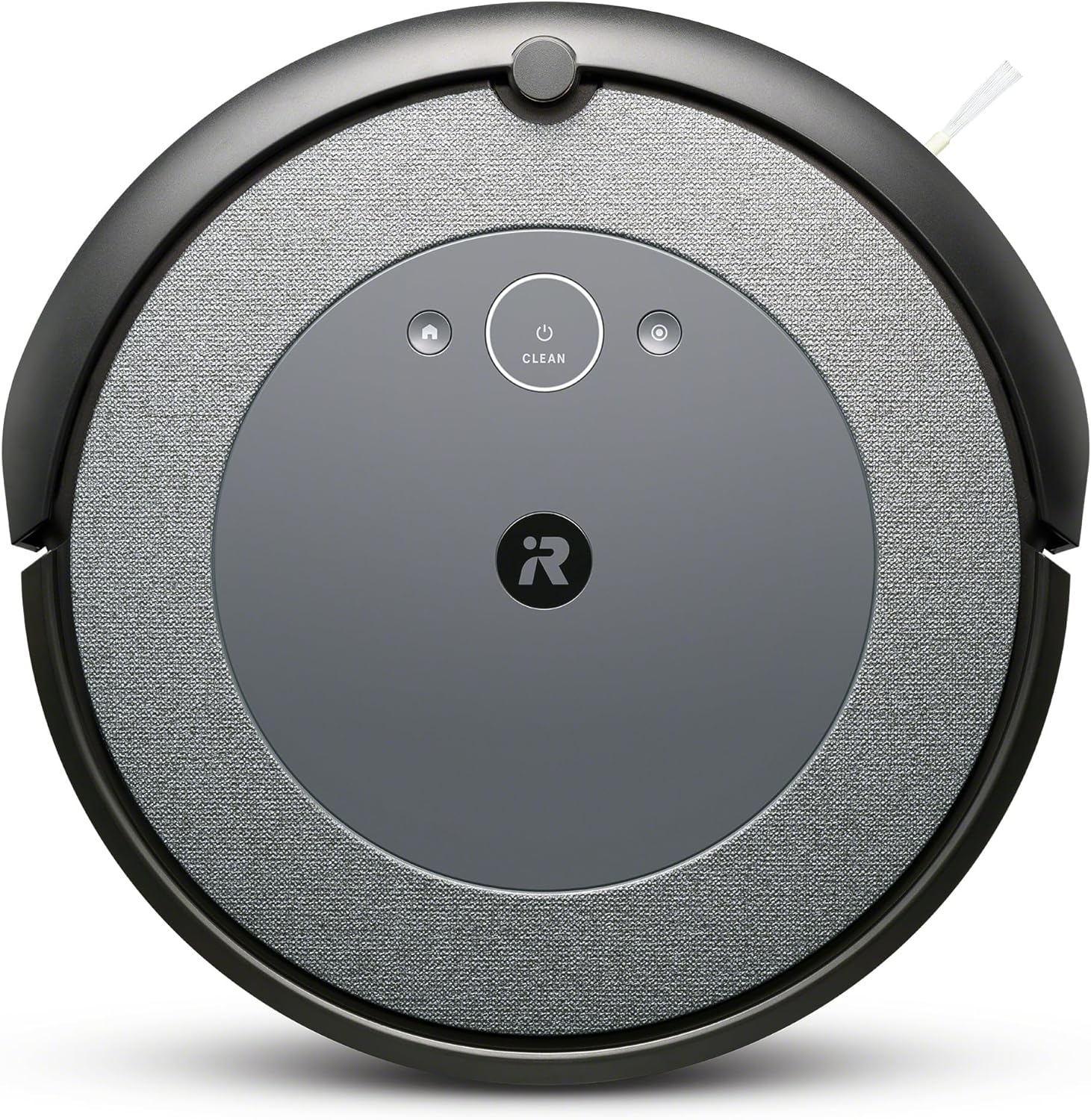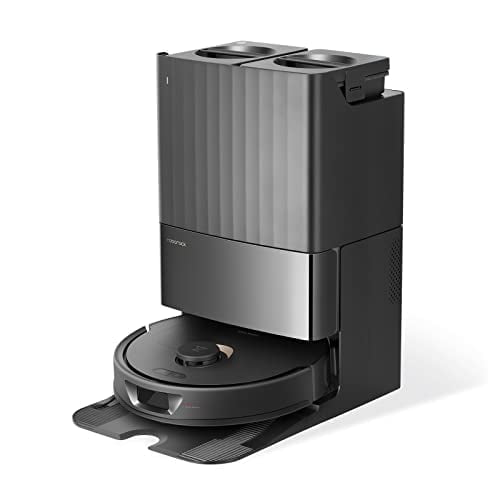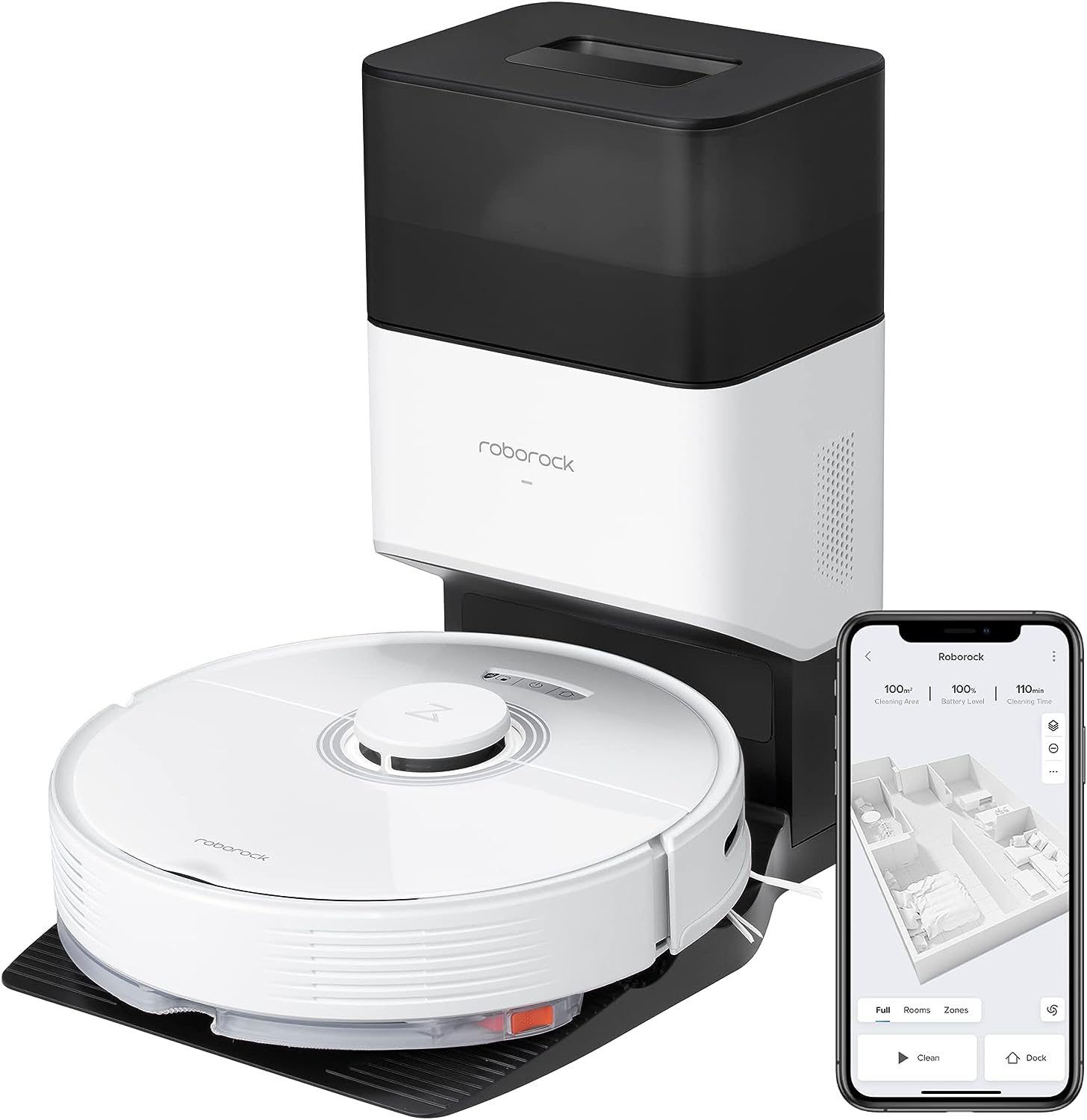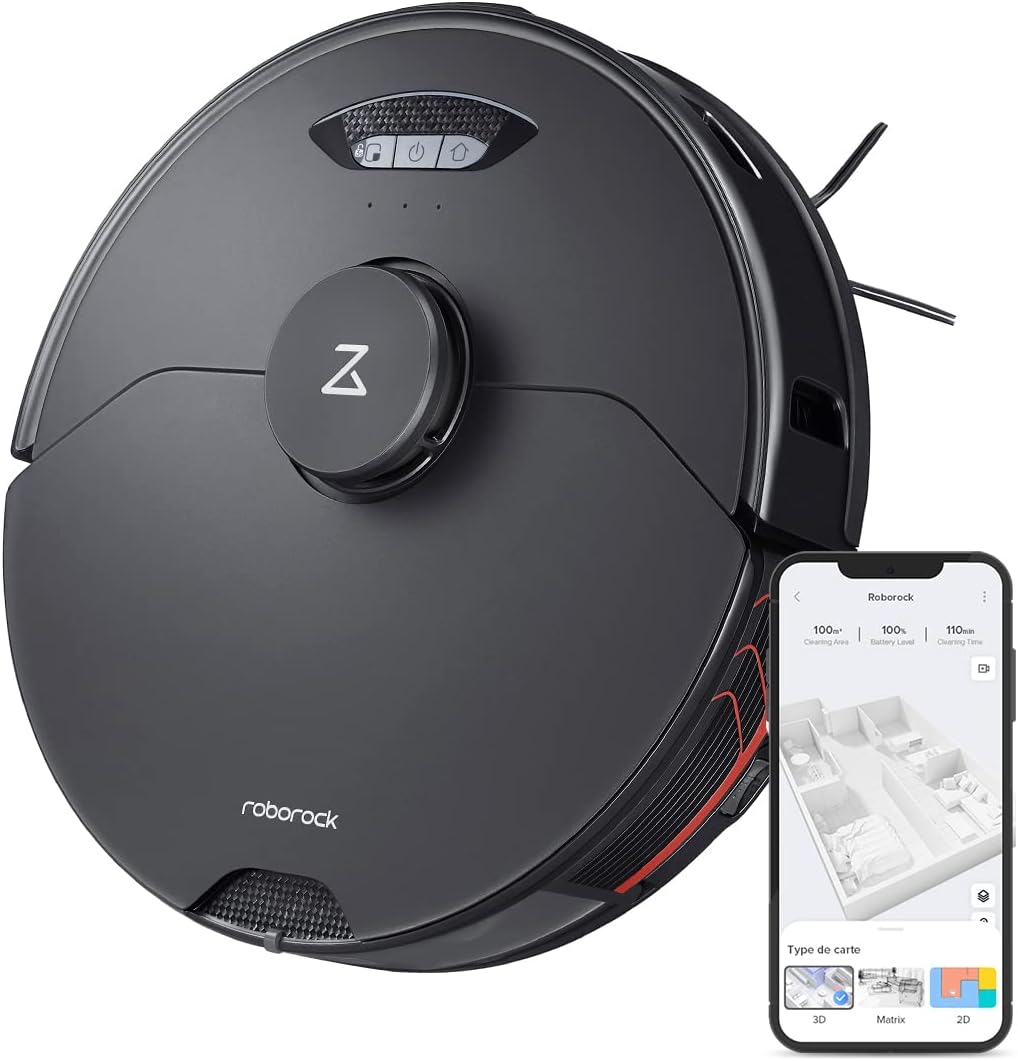When we compared Neato vs Roomba, we looked at a variety of factors (charging, storage, suction, apps, and more) to determine which robotic vacuum brand is best. After all, they’re arguably the two biggest players in the market for intelligent robotic vacuums. In one corner we have iRobot’s Roomba models, and in the other, there’s Neato’s Botvacs. But what are the real differences to the average buyer? And why not just buy the iRobot Braava Jet 240 Superior Robot Mop?
Design
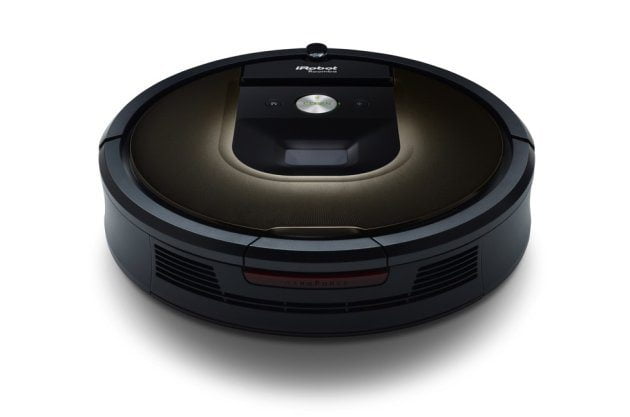
Design is perhaps the most significant difference between the Roomba and Botvac models.
Neato Botvacs have a “D” shape that is specifically designed to supply a large roller in the front to pick up more dirt and deal with corners more effectively. Roomba, meanwhile, has a circular design that makes it easier for the vacuum cleaner to turn around as well as navigate more complex spaces with an obstacle-filled floor plan (with lots of furniture legs, etc.).
This design also influences the sensors that both brands have chosen, which have slight but important differences. Botvacs use a primary laser eye that scans with infrared light and builds an internal map of its surroundings, plus cliff sensors to avoid accidental drops and bumper sensors to turn the bot in another direction if it runs into anything. The Roomba, meanwhile, has its own infrared, cliff, and object sensors, but backs them up with wall sensors that allow it to follow a wall as it cleans.
Now is also a good time to bring up model selection. Neato has 4 primary models and a low-cost option. iRobot has 7 different models with more variation, including 2 mopping models option that helps the Roomba clean hard floors more effectively. While the quality and power of these models vary, the basic design remains the same for the entire line on both brands save for iRobots mopping vacs.
Related: Best vacuum cleaner for carpets
Power and Charging
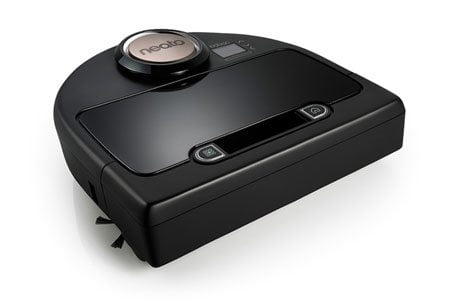
Both models have batteries that last a couple of hours, even at their most efficient. However, Neato uses more lithium-ion batteries throughout its models, which tend to charge more reliably and last longer than older nickel-metal hydride (only a couple of older Neato models use this type of battery). However, for its most expensive models, iRobot has switched to lithium-ion, which negates this difference.
Both options come with charging stations, but more importantly, all Roombas and Botvacs have self-charging, which means they find their way back to their charging stations for a power-up when necessary – while tracking where it left off so the cleaner can resume its job. Even if the battery life is short, robot vacuums make recharging easier so you never miss out on regular vacuuming thanks to the self charging and schedule cleanings.
So, what does this mean in real-world terms when it comes to cleaning your entire home? Each favors a different description: iRobot talks about Roomba vacuums cleaning “entire levels” of a house or the ability to tackle “multi-room” environments. Neato is more specific: models can handle between 1,800 and 5,000 square feet in one “cycle”, which is 3 cleaning runs that include two battery recharge breaks. We like this idea of cycles because it makes performance easier to measure, but ultimately there are surprisingly few differences here, except that more Neato models have that handy lithium-ion battery. In short, both robovacs are capable of vacuuming floors in multiple cycles by charging in between and restarting where they left off.
Surface and Suction Capabilities
Botvacs are focused primarily on basic cleaning functions with high-quality performance. You get a choice between a combo brush and a combo brush with a spiral blade brush component, plus some optional side brush accessories. The best models give you an option for a powerful SpinFlow turbo mode or a less powerful energy-saving ECO mode, along with options for a larger, expanded filtration system. They are very good at brushing up dirt and dust, but don’t have a lot of variances. When it comes to Neato vs. Roomba for pet hair, Neato has the edge because of its brush features.
Roombas, meanwhile, may not have as much direct suction power, but they are more versatile. There are mopping versions for cleaning tougher stains, outside versions for bigger messes, side brush attachments for wall cleaning, and the latest models have a very useful carpet boost that automatically switches to a carpet mode with, as iRobot claims, 10x more cleaning power. If you have several different kinds of floors or lots of carpets, Roombas make more sense. If you want more thorough cleaning for your non-carpeted floors, then Botvacs may be more useful.
Both brands have options for high-efficiency filters to remove extra dust and allergens, which vary in power based on the model. High-end models are very good at this, all you’ll need is to buy frequent filter replacements no matter which you choose.
Apps and Programming
Both models offer a lot of smart features for their vacuums, but ultimately Neato has a slight edge here with a couple of features that iRobot doesn’t include on its Roombas…although the difference may not matter much to you personally. We took a look at the Neato Connected vs. the Roomba 980, the highest tech model with the most advanced features.
First, both apps connect to the automatic vacuums through a Wi-Fi network. They both allow you to set schedules, remotely activate cleaning tasks, pause tasks, and take a look at notifications and status updates, all from your phone. Both brands let you know when you should replace filters or empty the bin.
However, Botvacs take a slight edge over Roombas in two areas. First, they are more compatible with smartwatches like the Apple Watch. Second, the advanced Botvac models allow for a “manual” option that allows you to take direct control of the app, which is both fun and useful (on this note, if you really want a casual, computer-oriented vacuum, check out this Gtech AirRam). If you already have appliances with smart features like Google Home, a robot vacuum cleaner with AI capabilities like Siri or Google Assistant should make cleaning your home a breeze.
Pricing
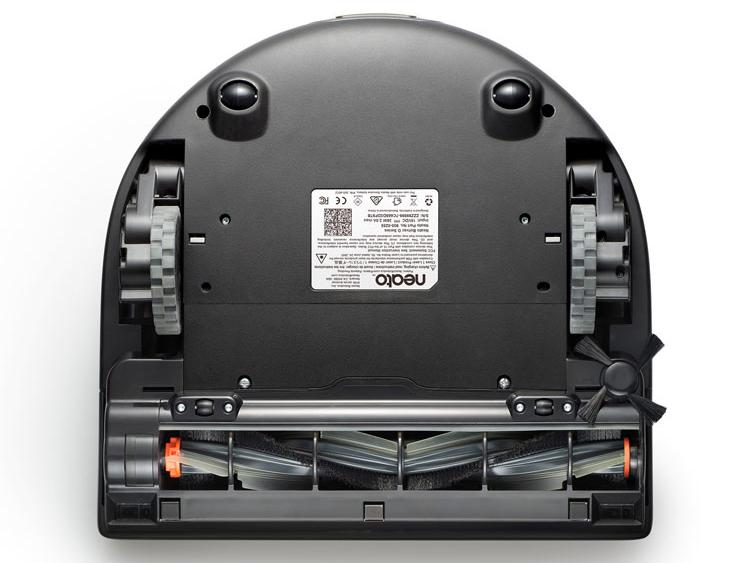
You’re going to have to pay a lot more than you would for a traditional vacuum, no matter which option you choose. That being said, iRobot’s Roombas have a greater range of prices, while Neato’s models tend to be more affordable overall. Let’s break it down a little:
- Botvacs: Neato still sells the older D80/85 model for $499, although it comes without some of the features we’ve discussed here. Their “Connected” line is the most active, however. The D3 Connected, at $399, is their cheapest model. The D5 Connected upgrades features and sells for $599. However, the Botvac Connected is their flagship model and sells for $699.
- Roombas: The Roomba 650 is the most affordable model at $375, although it misses out on many advanced options other models have – but if you need a low cost model, take a look at Neato D80 vs Roomba 650 for your lowest price options. The 860 offers a bit more at $499.99 and the 880 provides better navigation for $599.99. However, the best models are the 960 at $699.99 and the 980 at $899.99. iRobot also sells mopping bundles for tile floors if that’s your jam.
Bottom Line
If you want a simple but effective vacuum to manage a particular area, like a kitchen or commercial space, and have the option to repair the robotic vacuum when needed, then Neato’s Botvacs are probably more useful and affordable for your needs. If you need a lot of cleaning done over a variety of surfaces, then take a look at iRobot’s Roombas. On the other hand, if you like the idea of “playing” more with your vacuum, the manual mode and other features offered by Botvacs are more useful here. If you want the deepest and best clean for a specific surface, tailor a Roomba to your needs instead. Keep in mind that Dyson is also working on robotic vacuum models (already available in Japan), and that there are a lot of other unique vacuum tools out there, like a vacuum squeegee for your windows! It’s a little early to have a Roomba vs. Dyson contest, but when the time comes we will be sure to put them head to head!
Related Articles:

